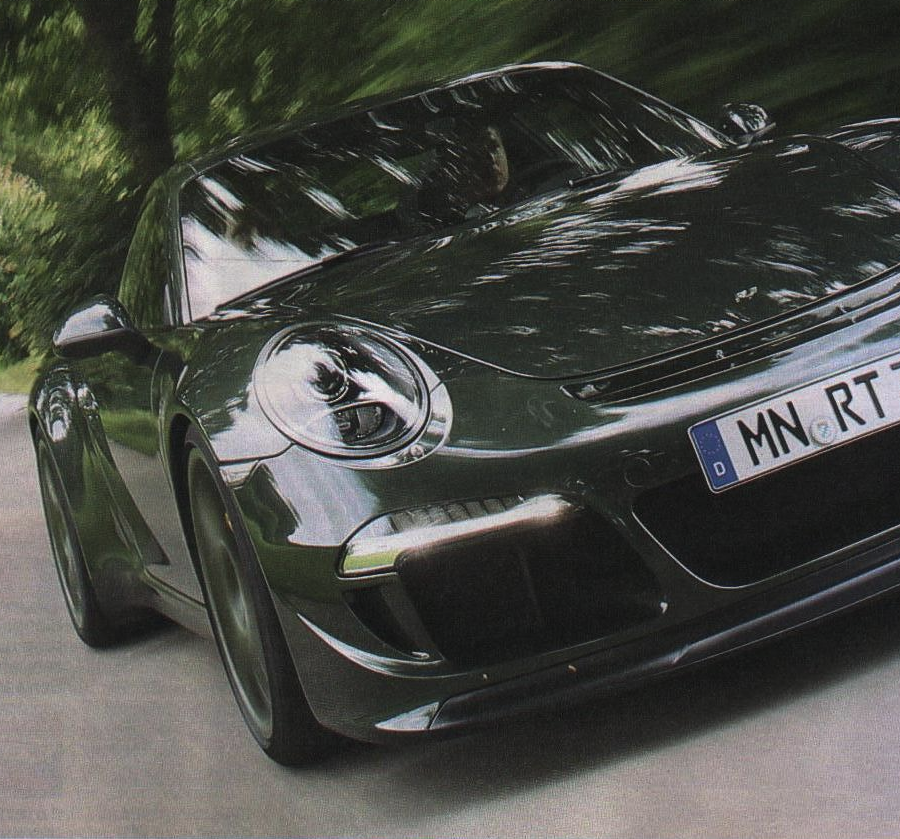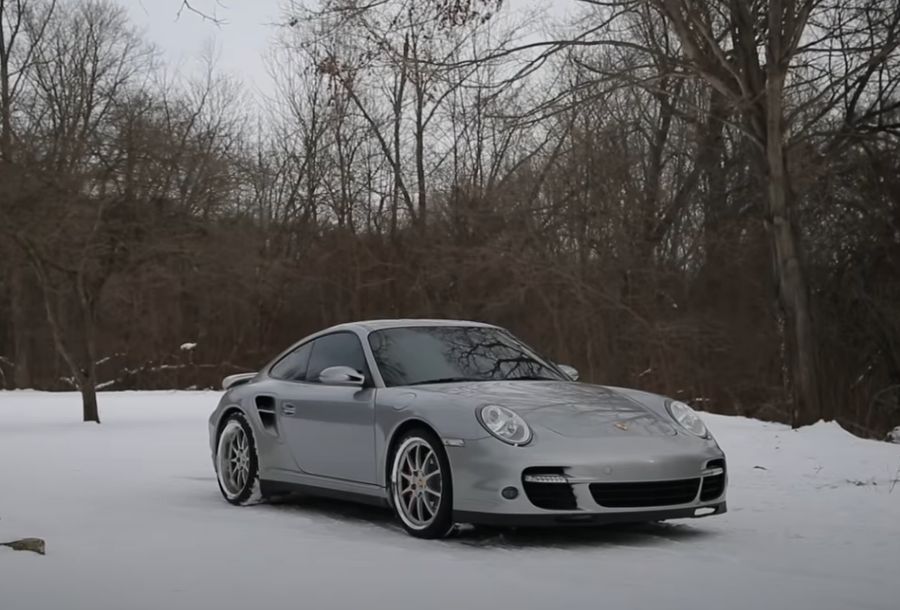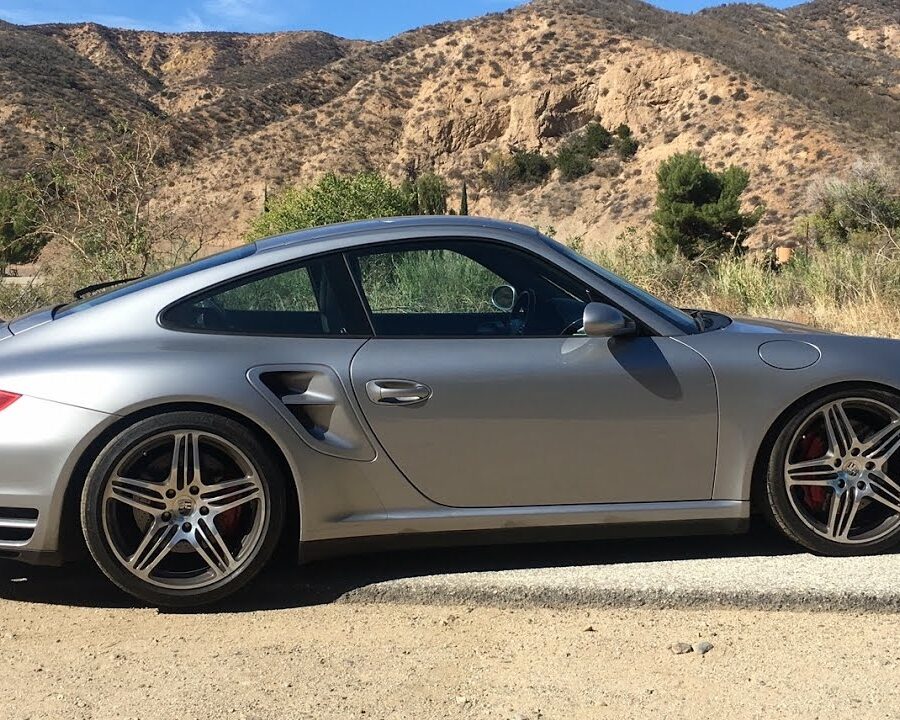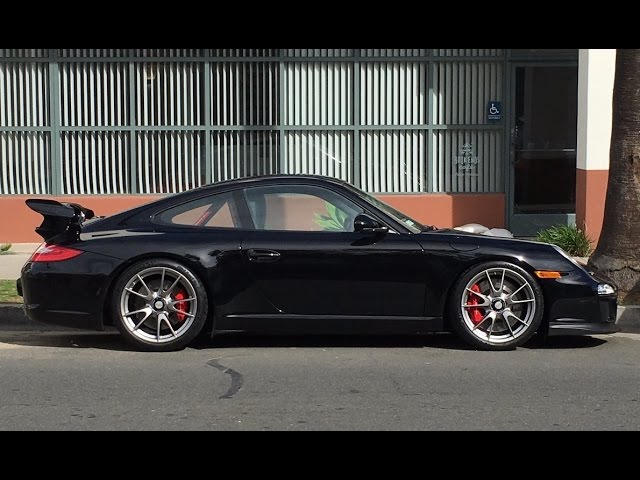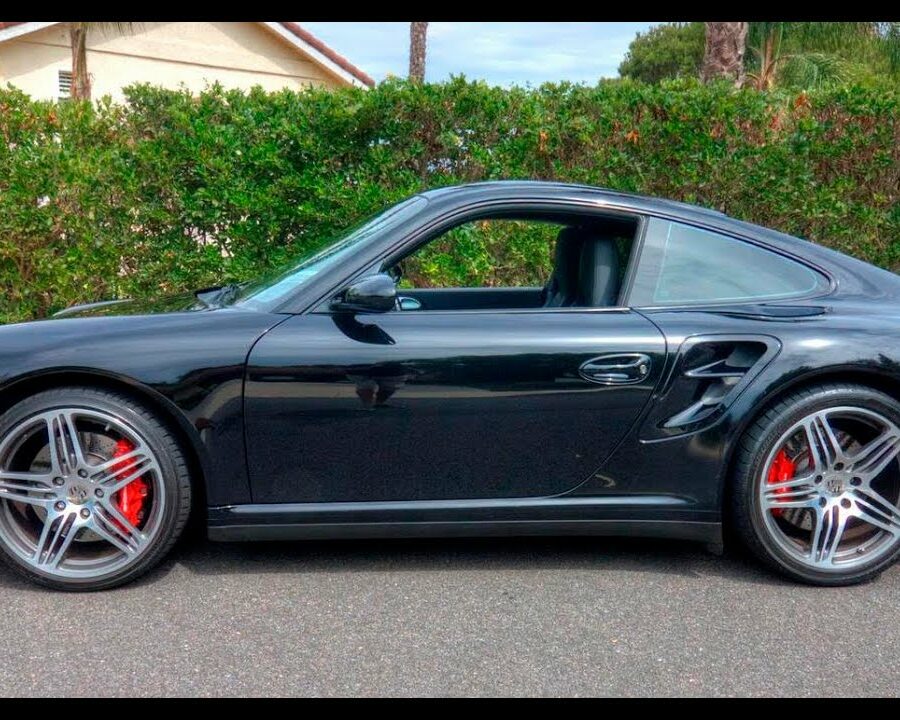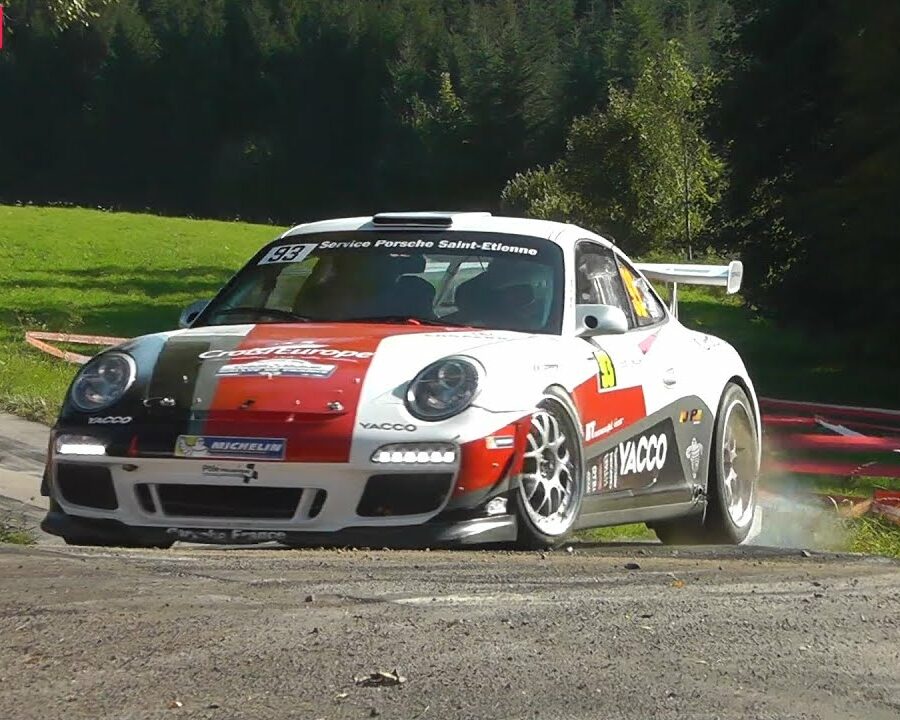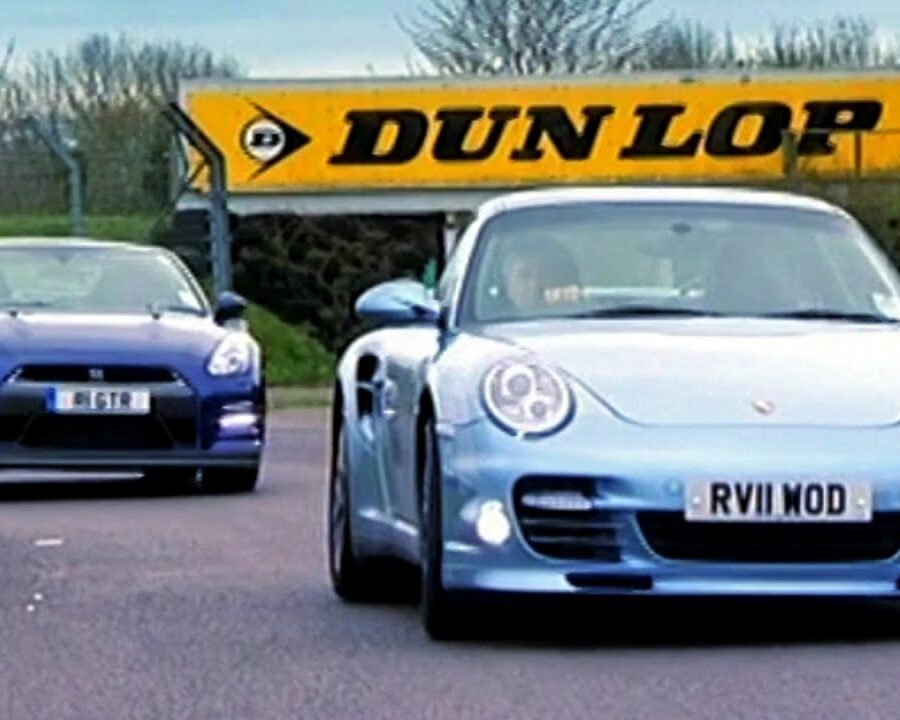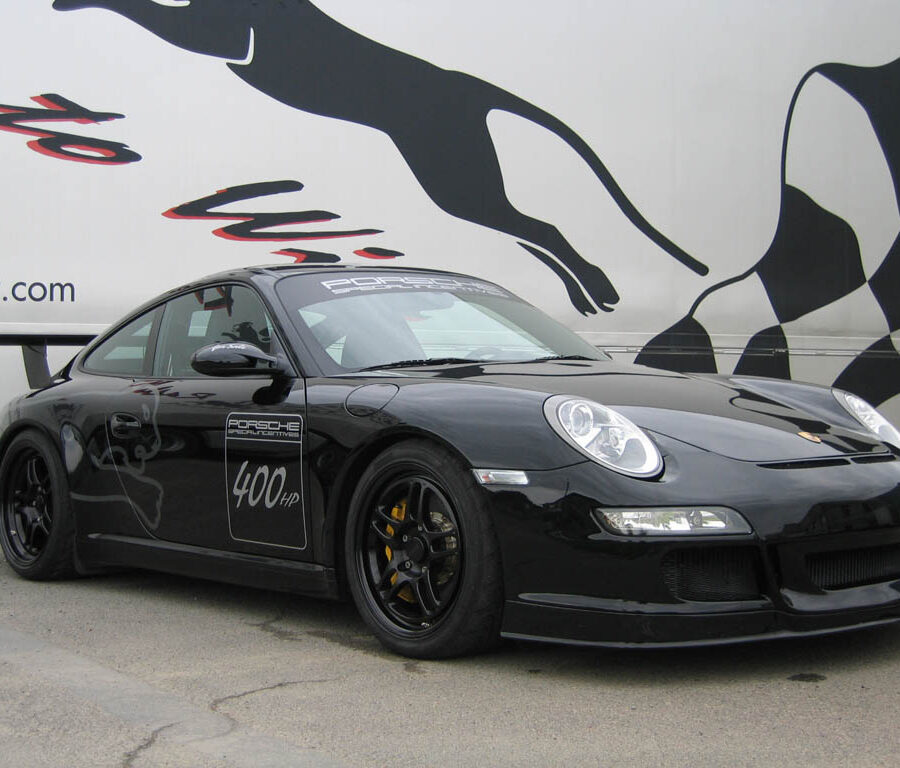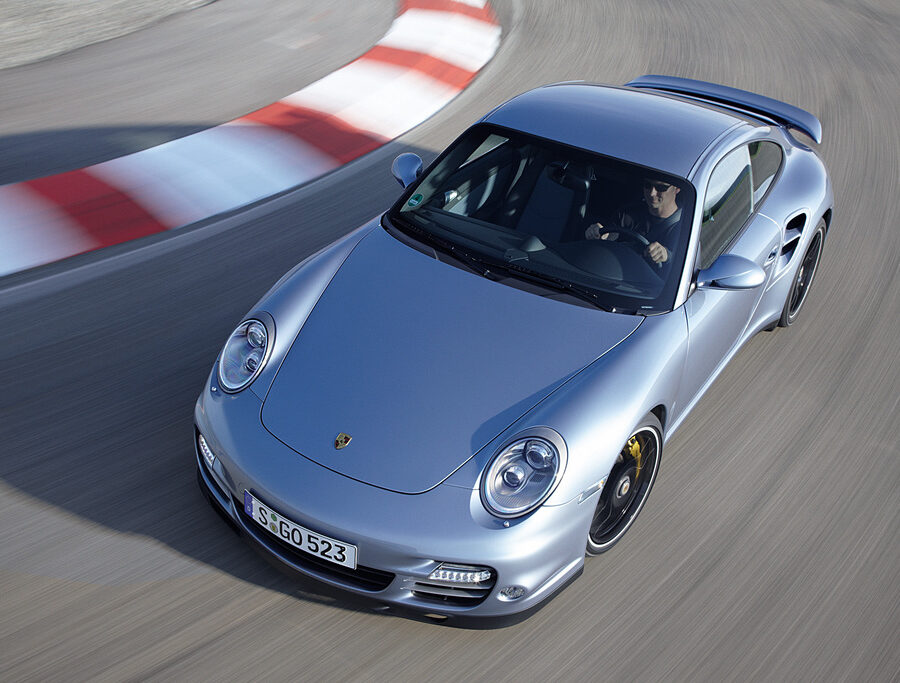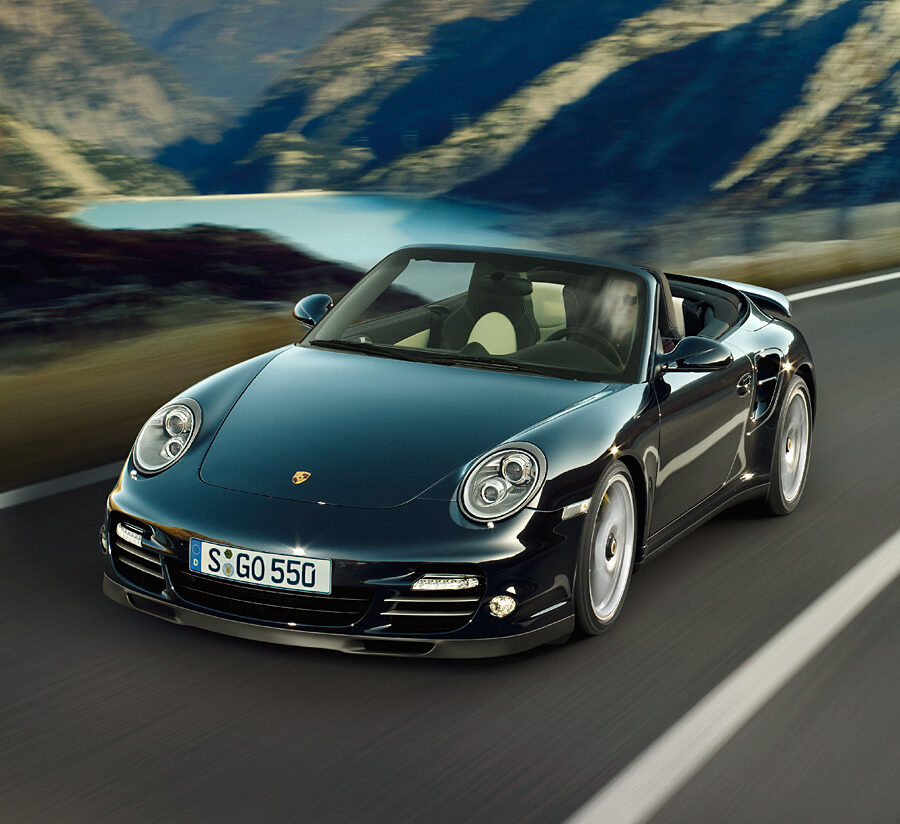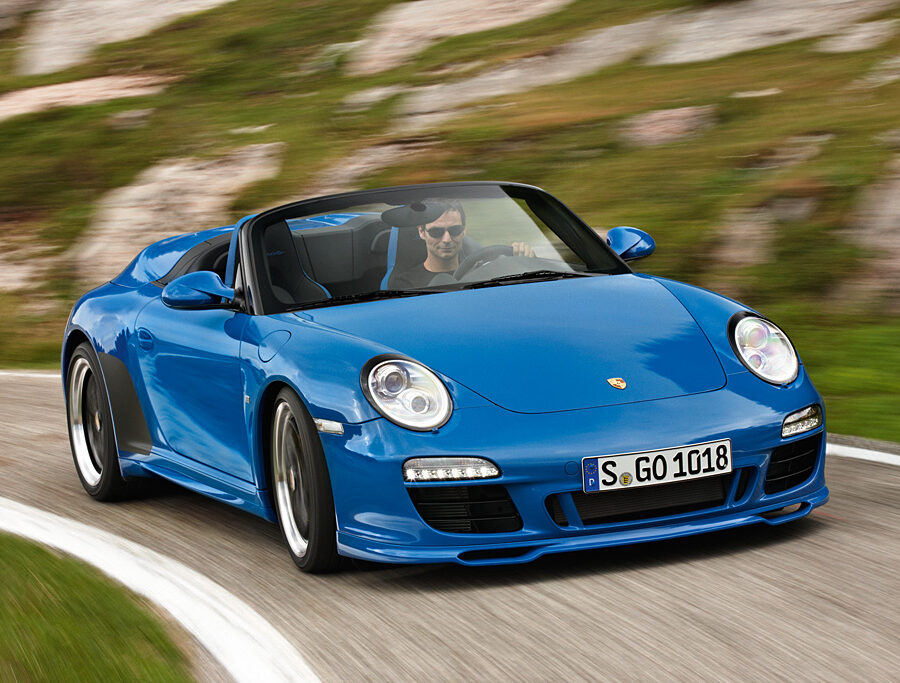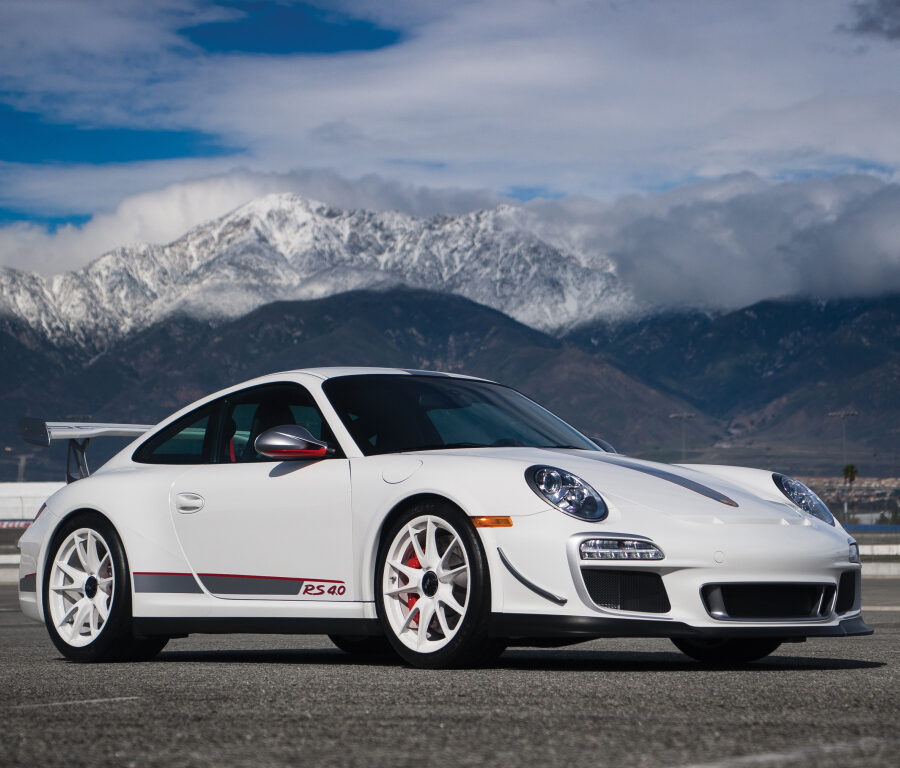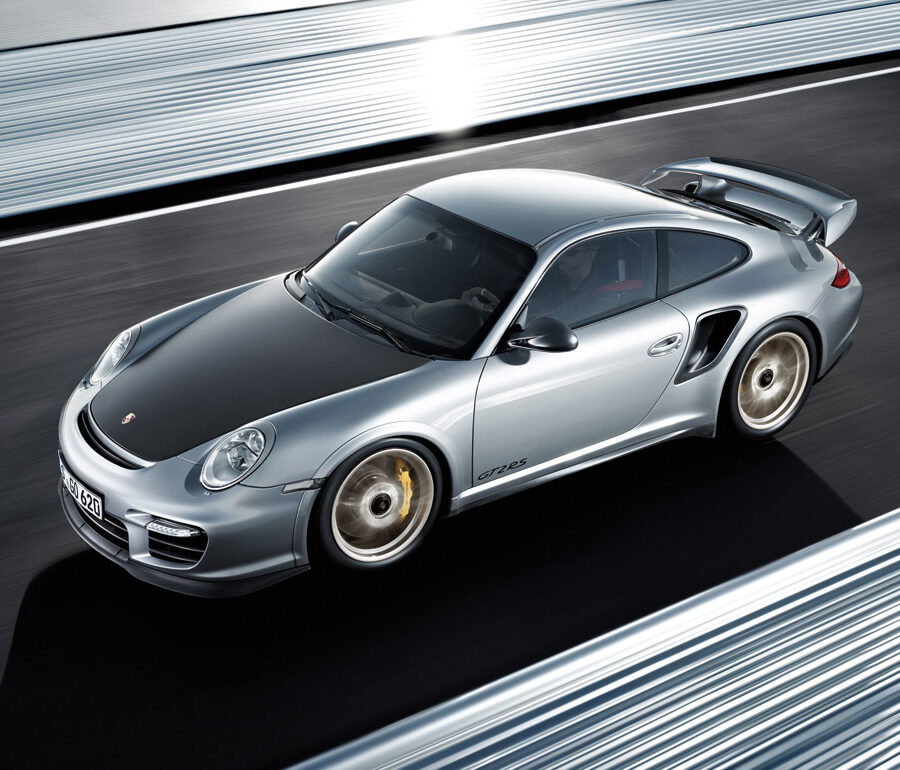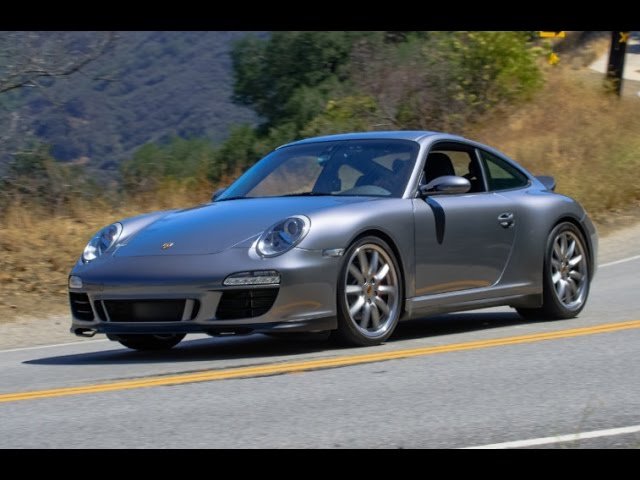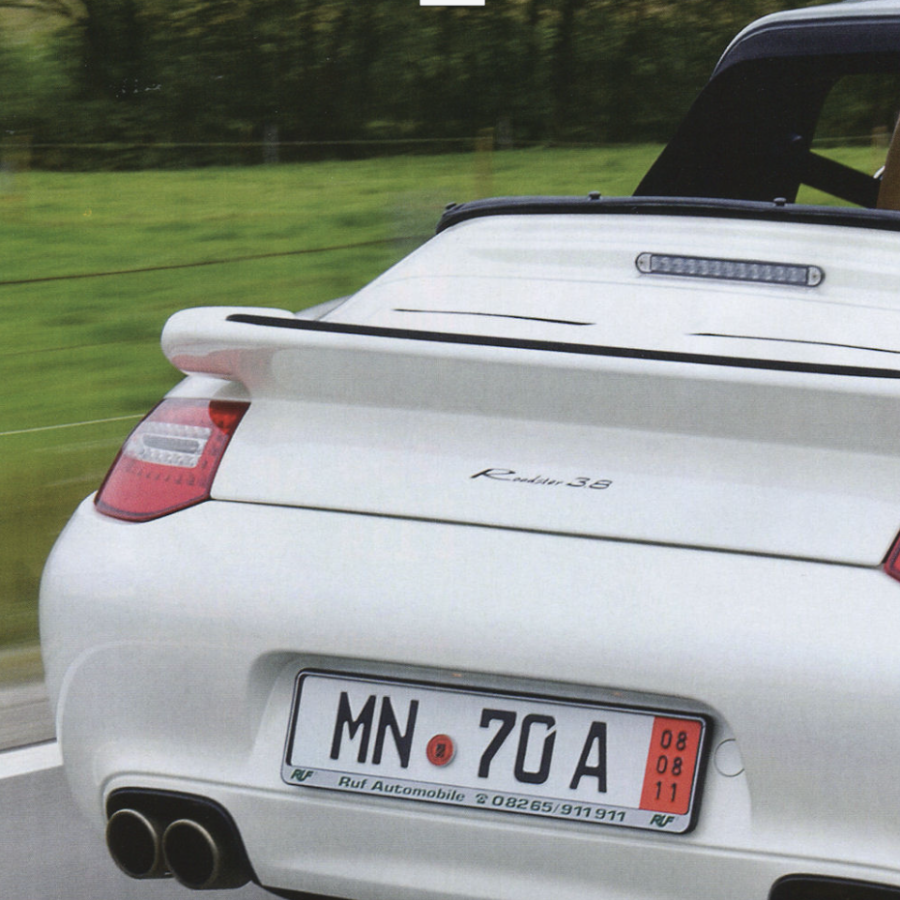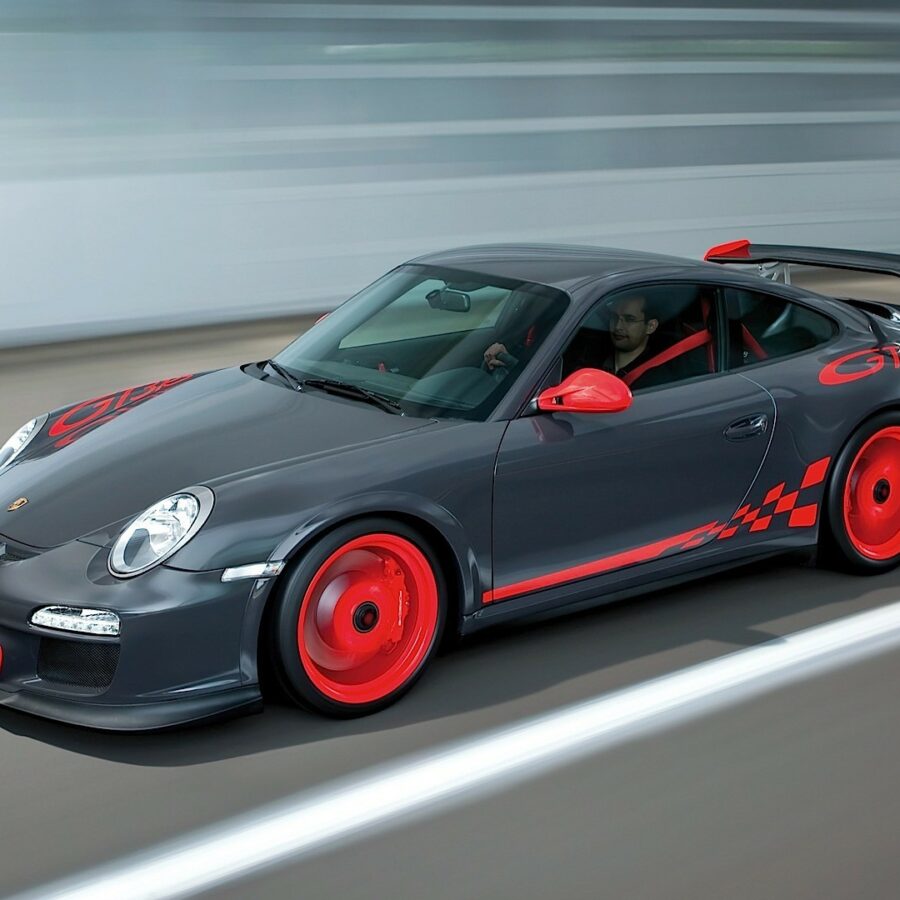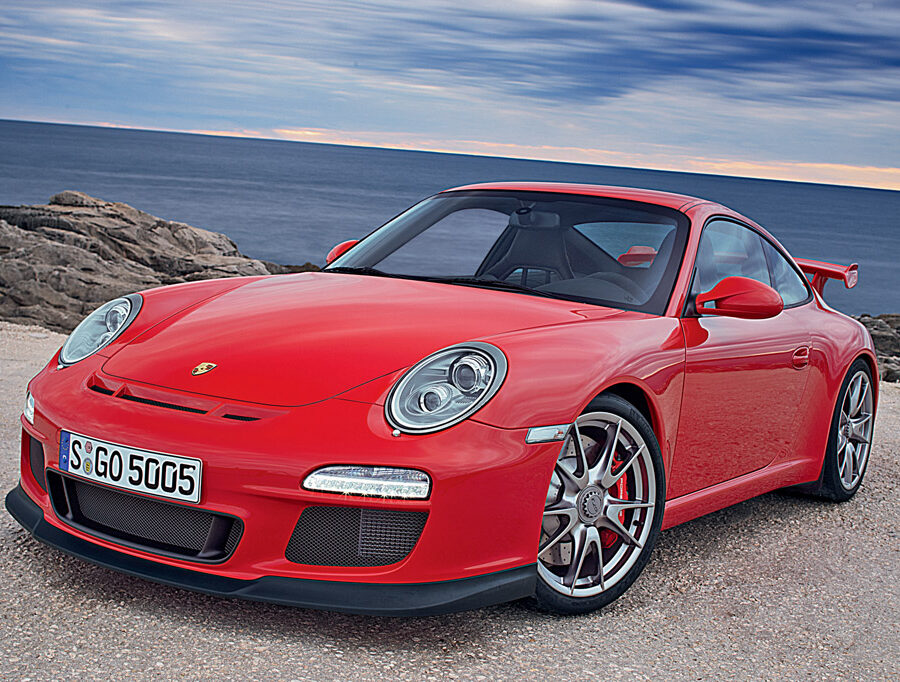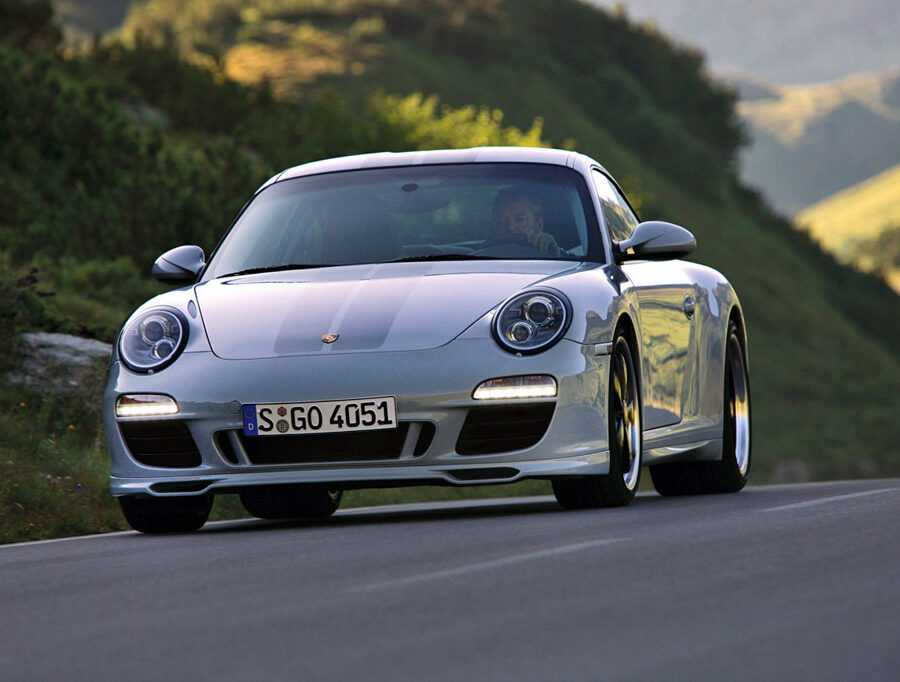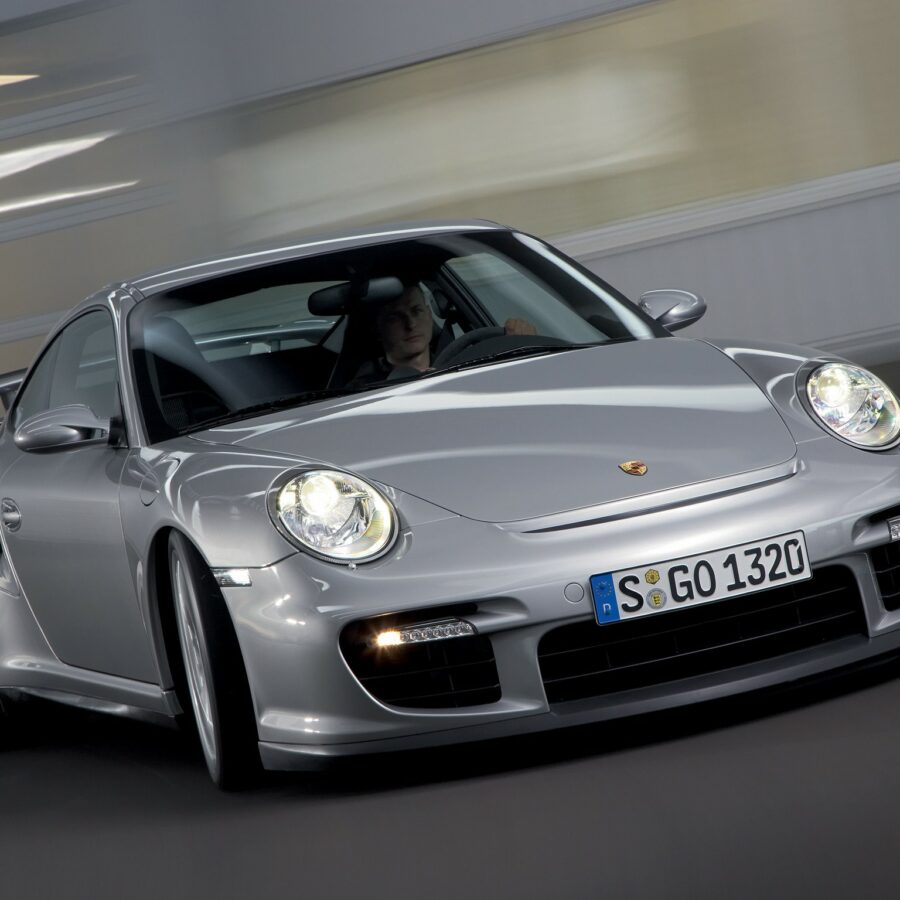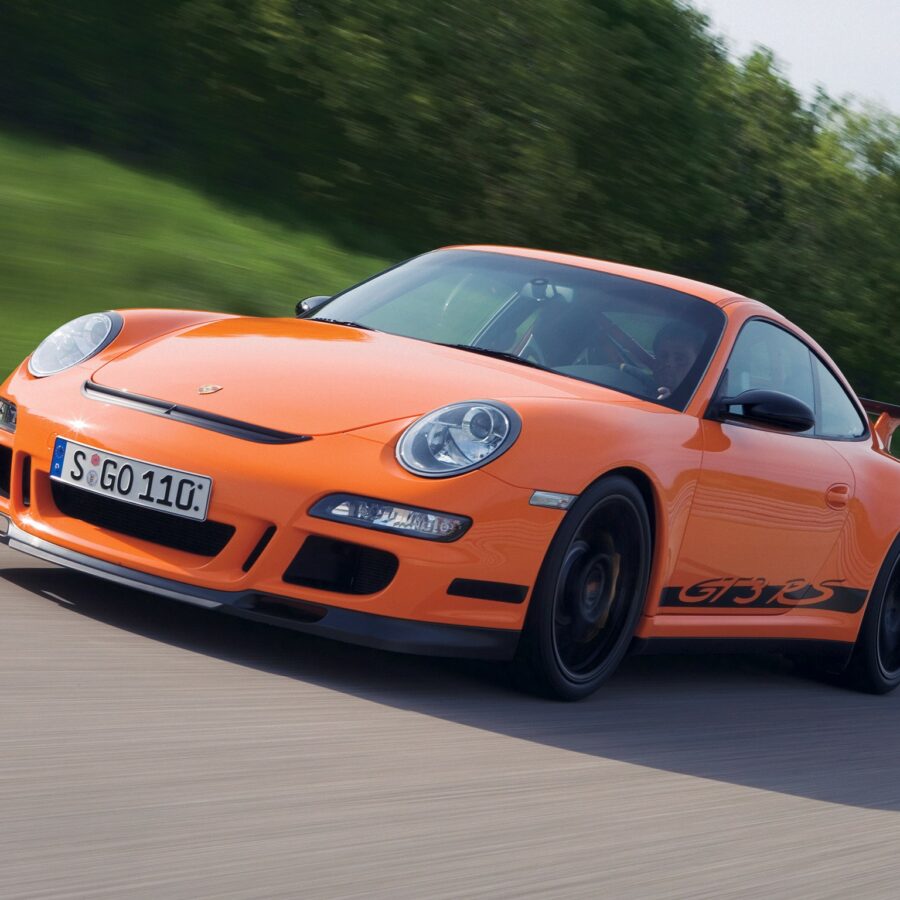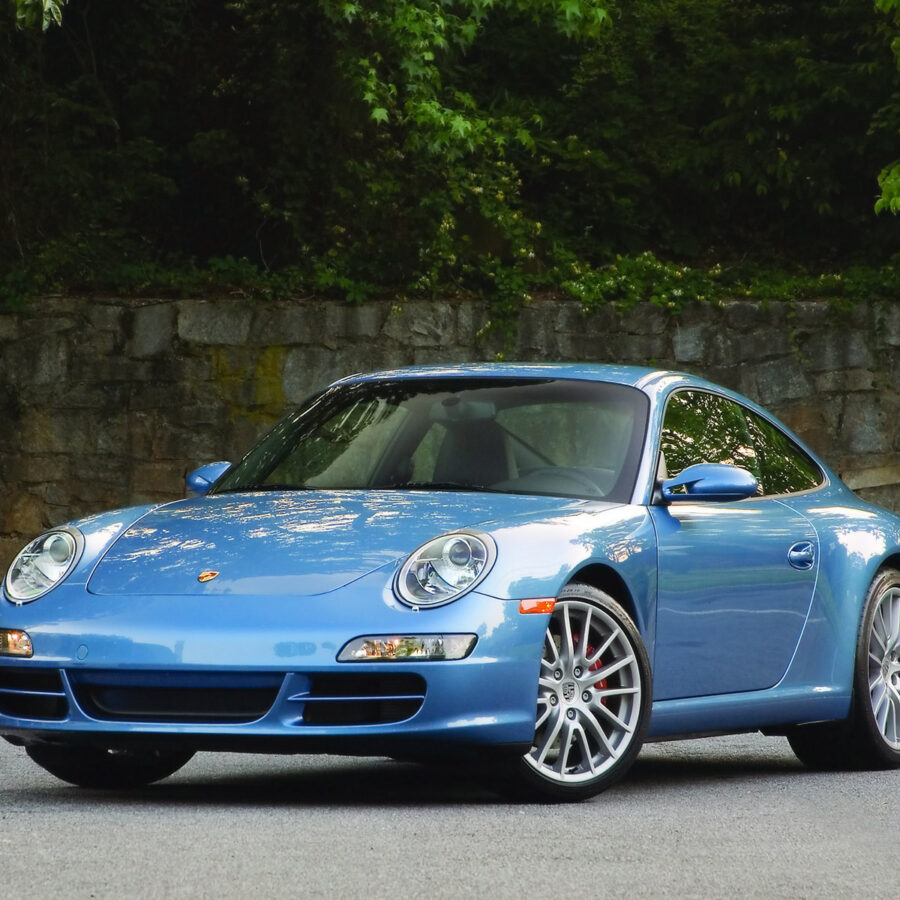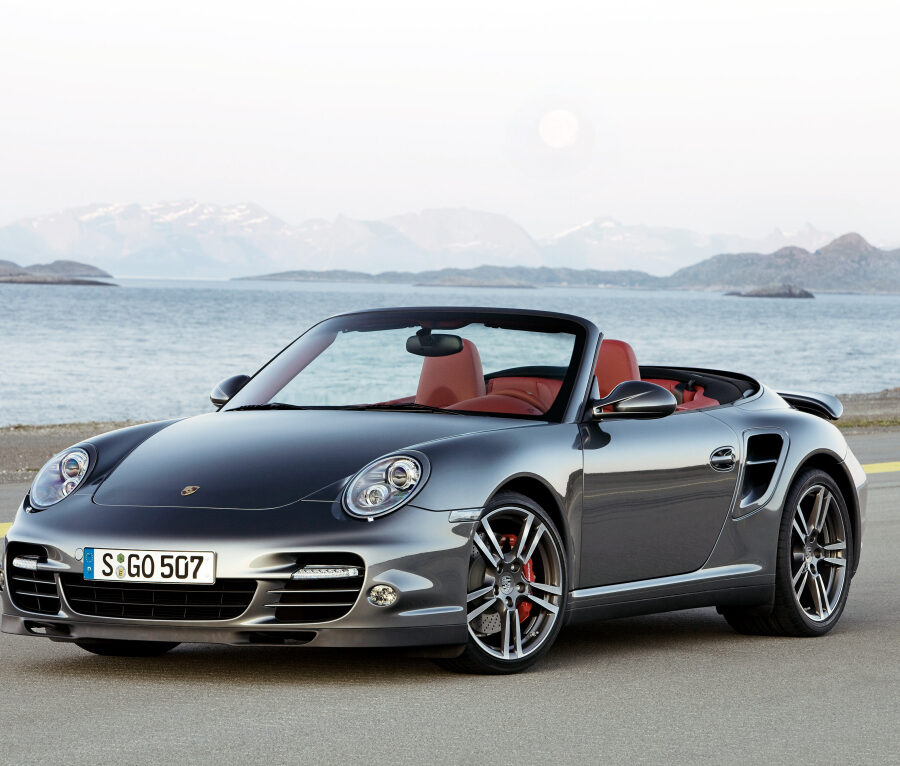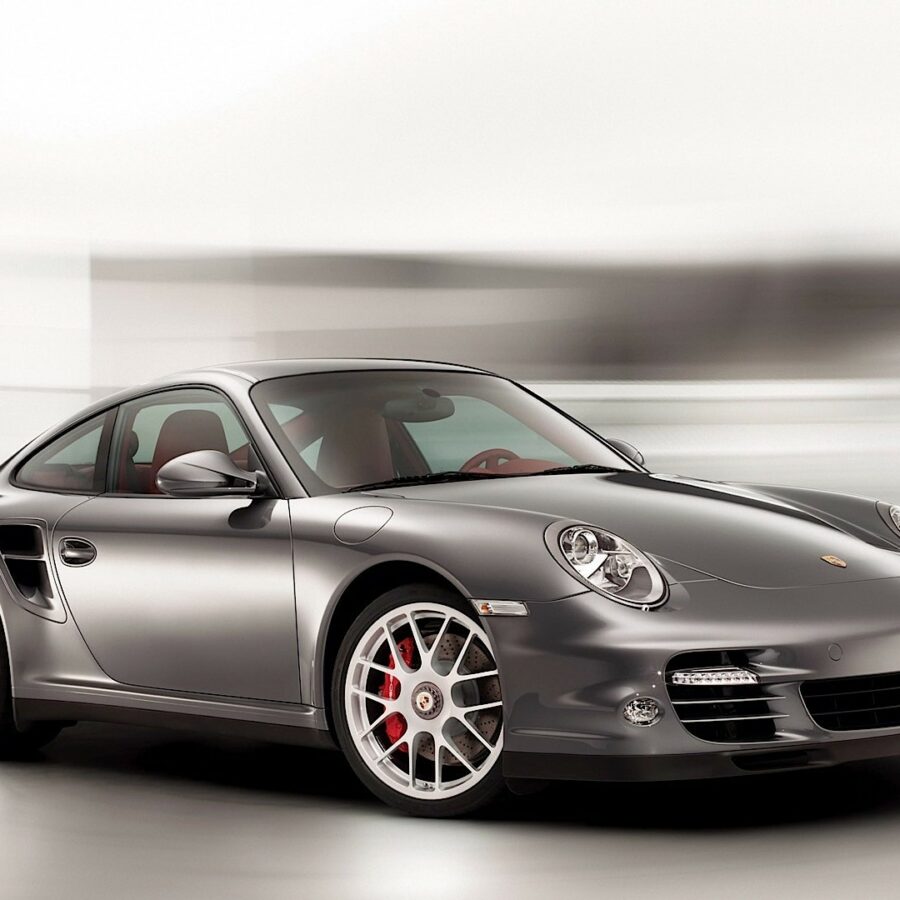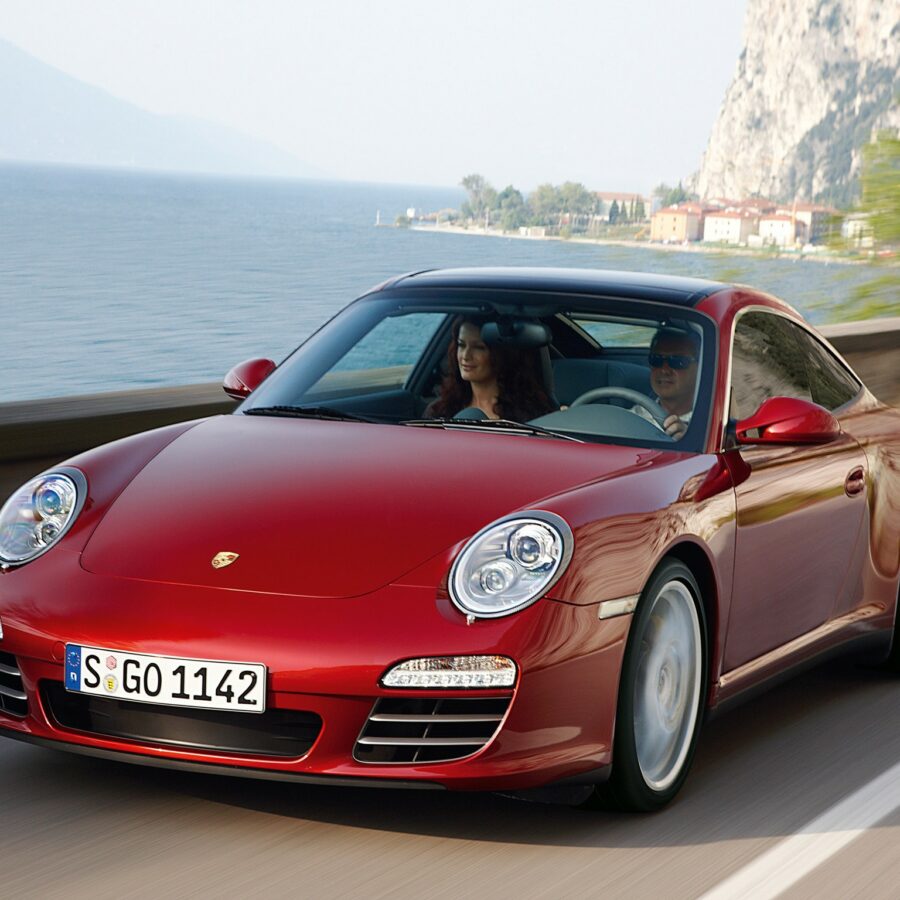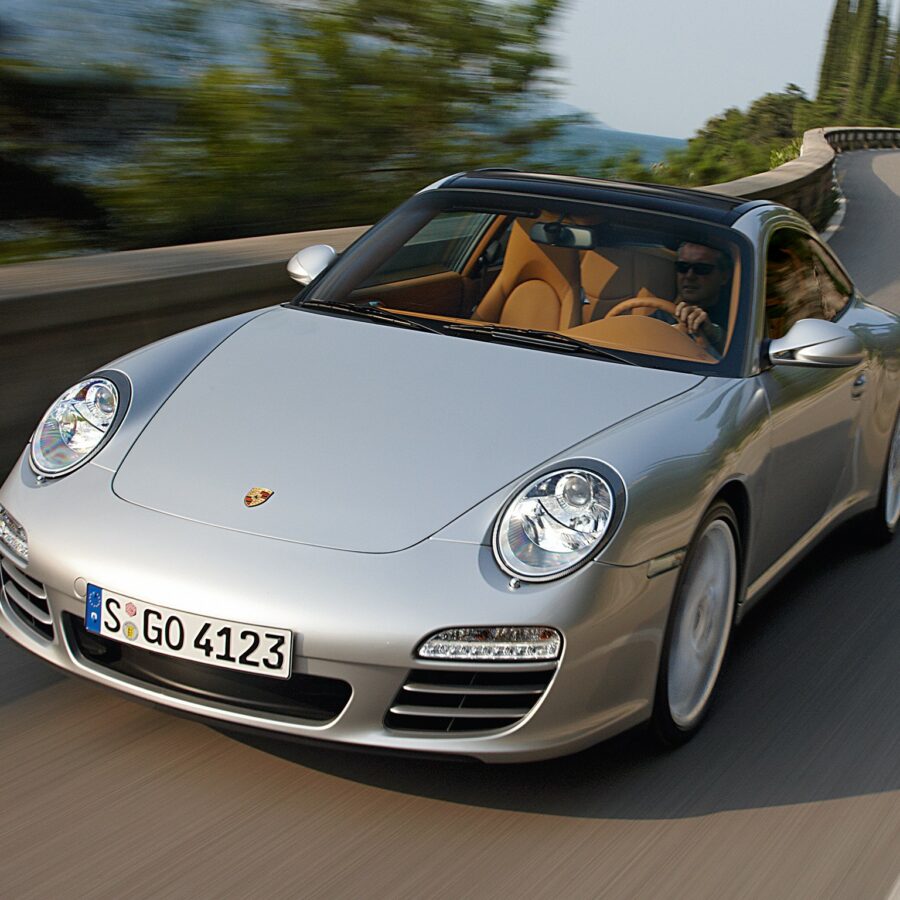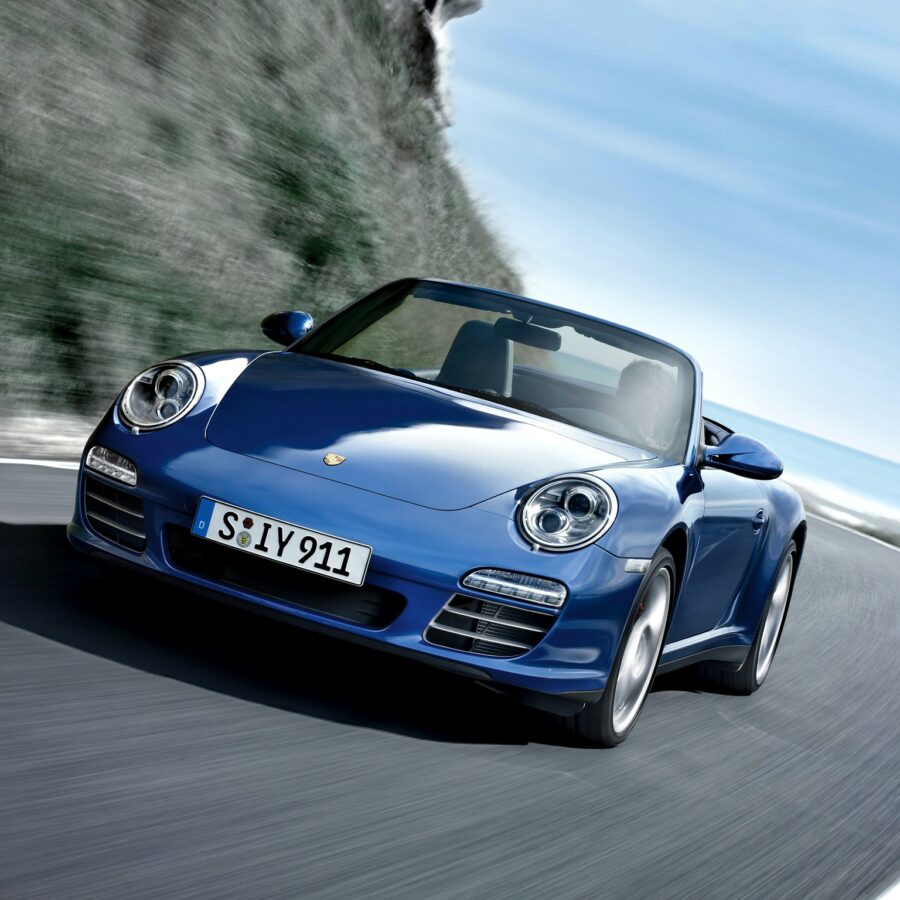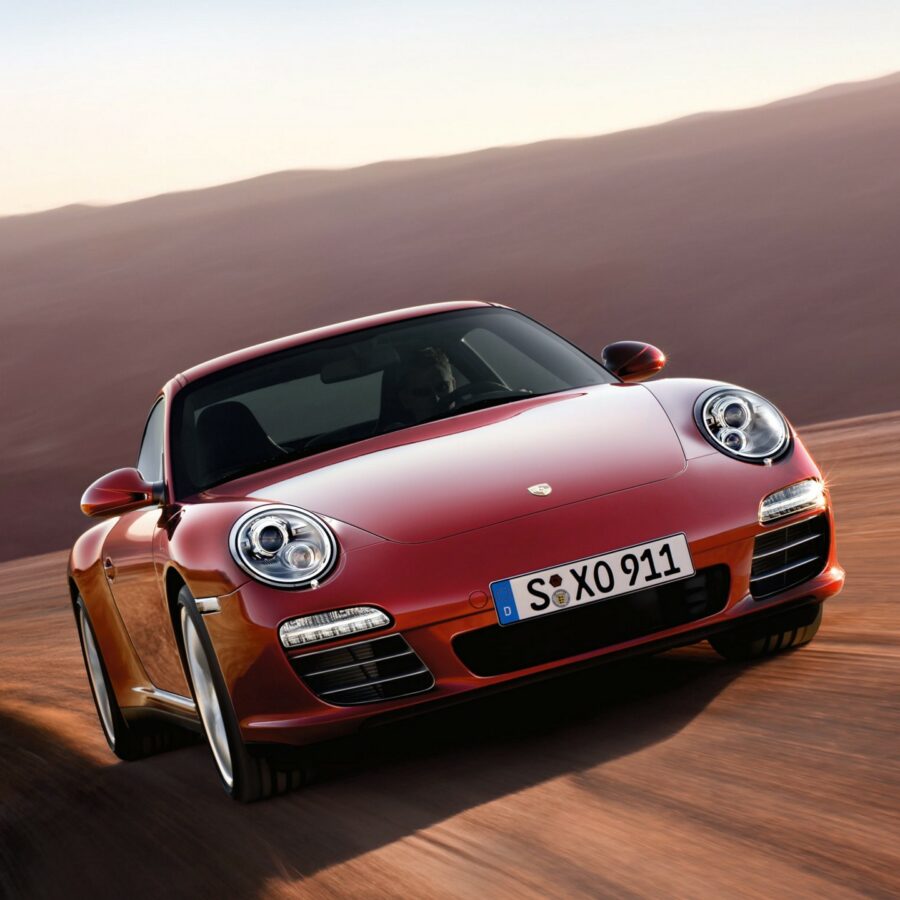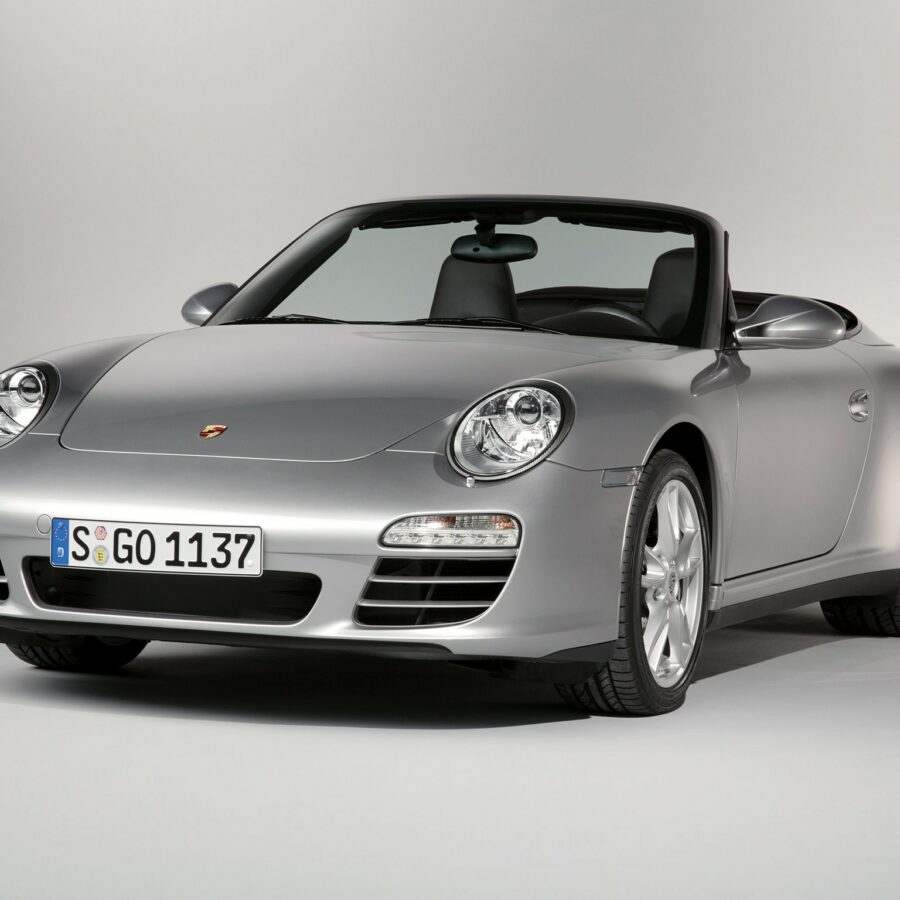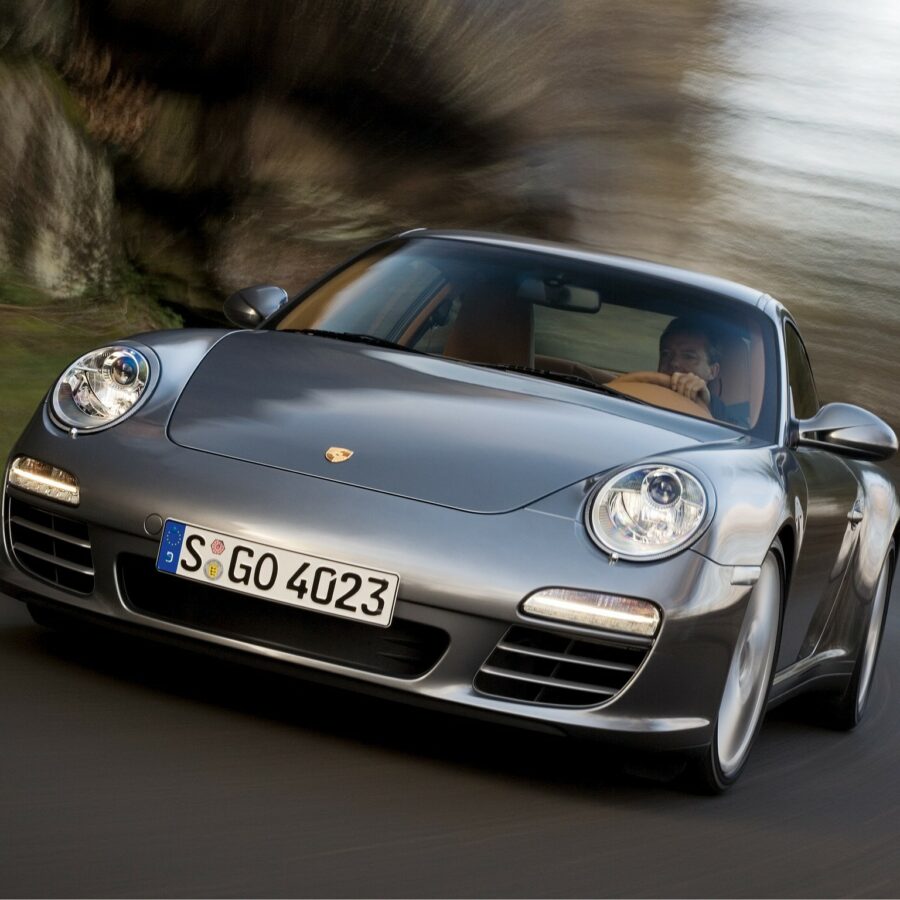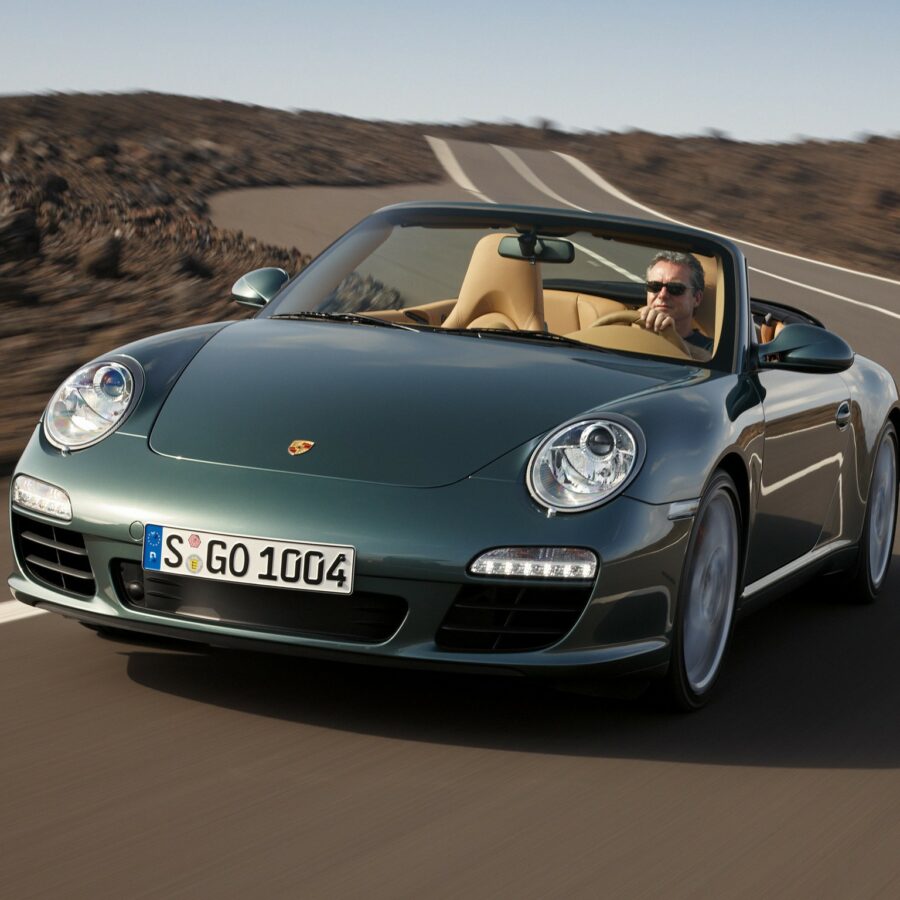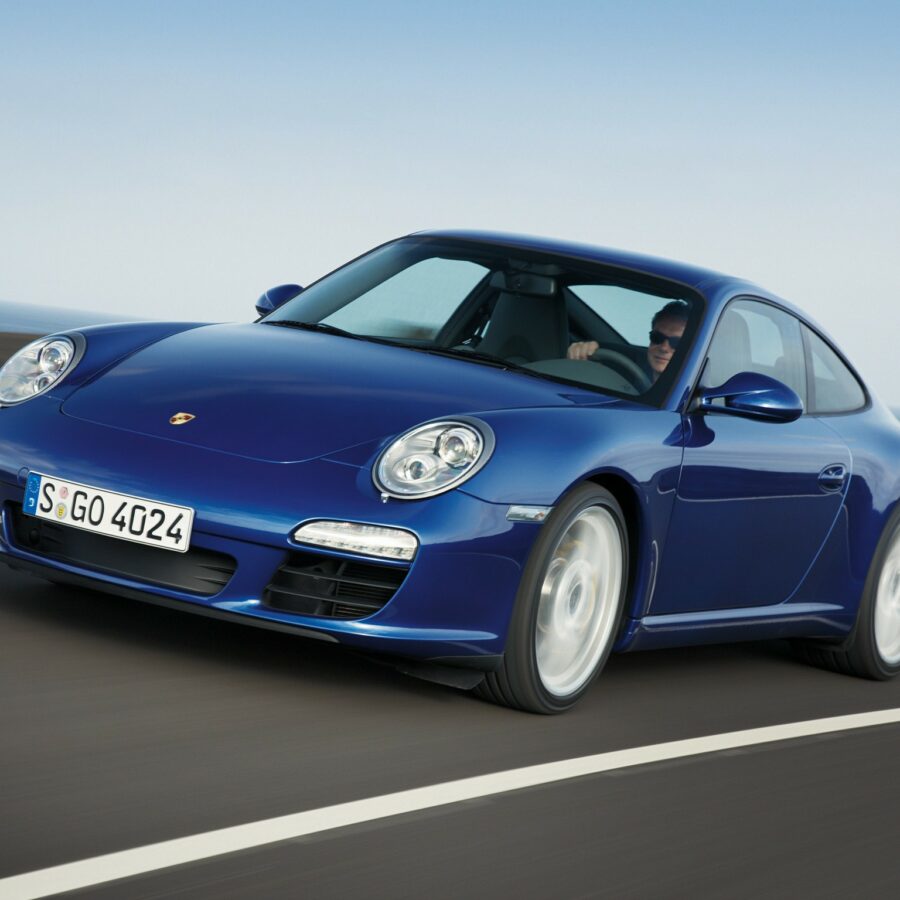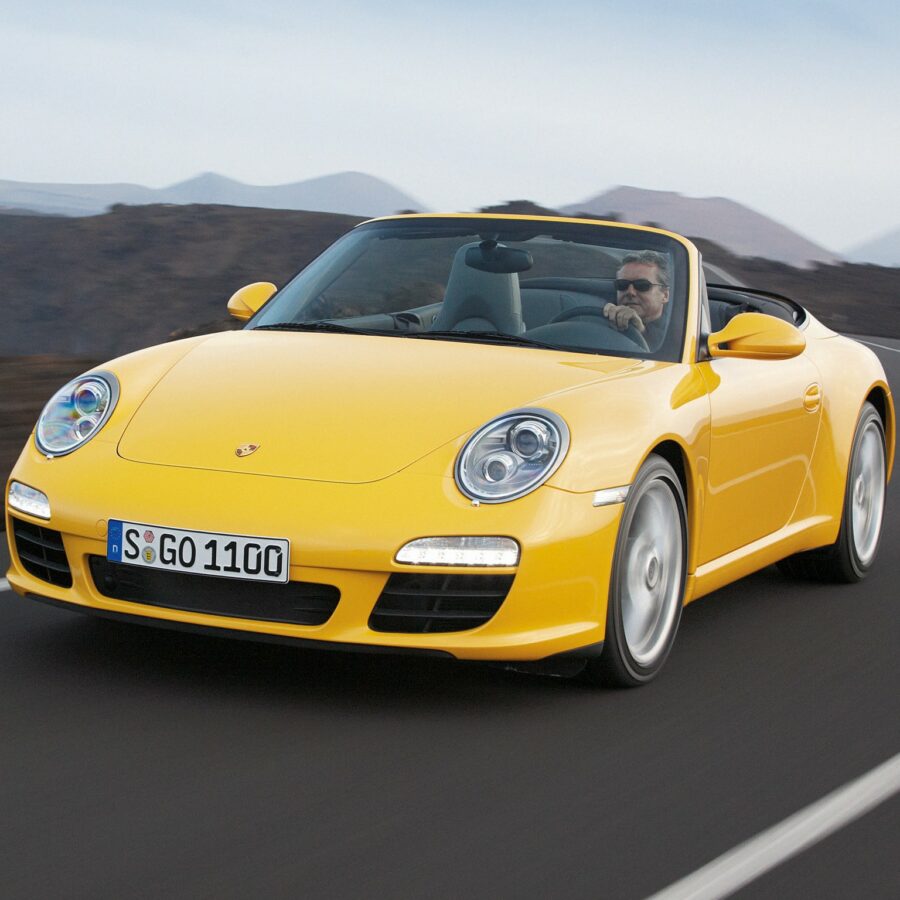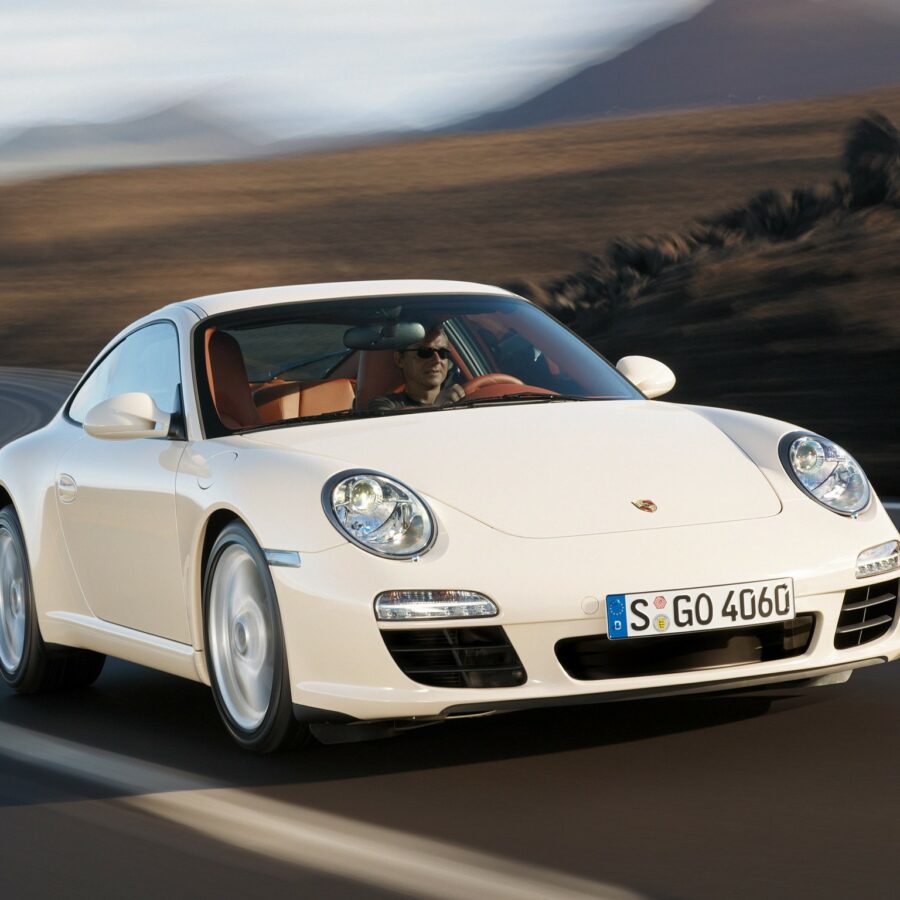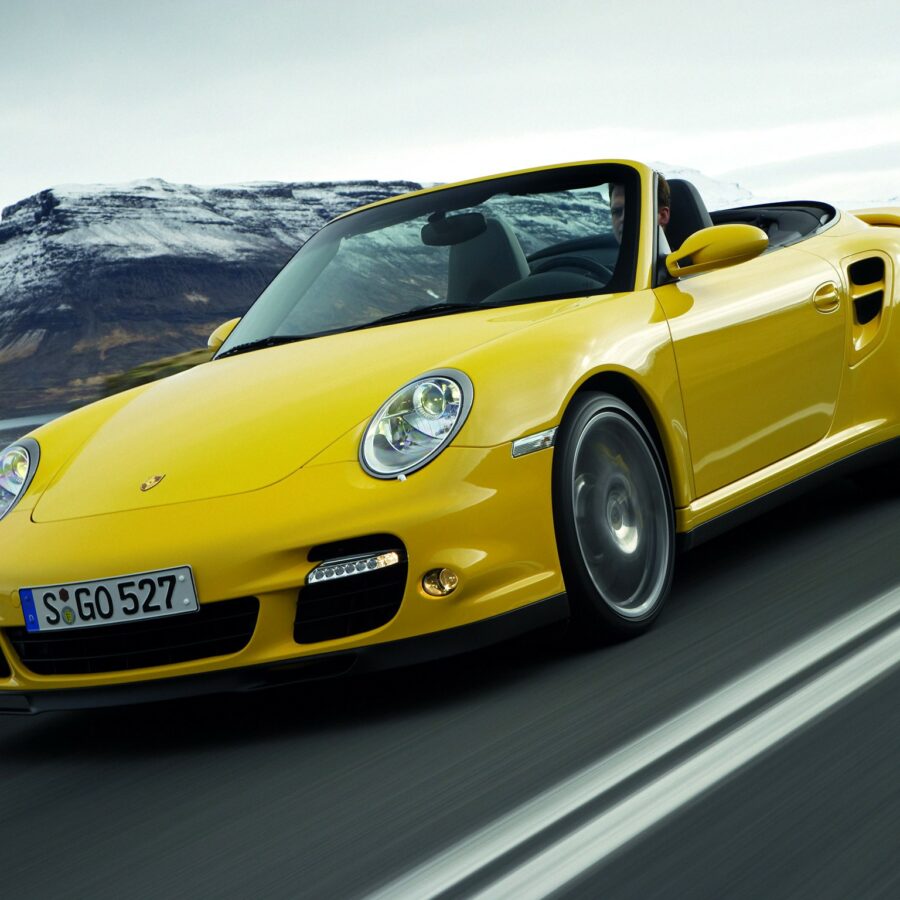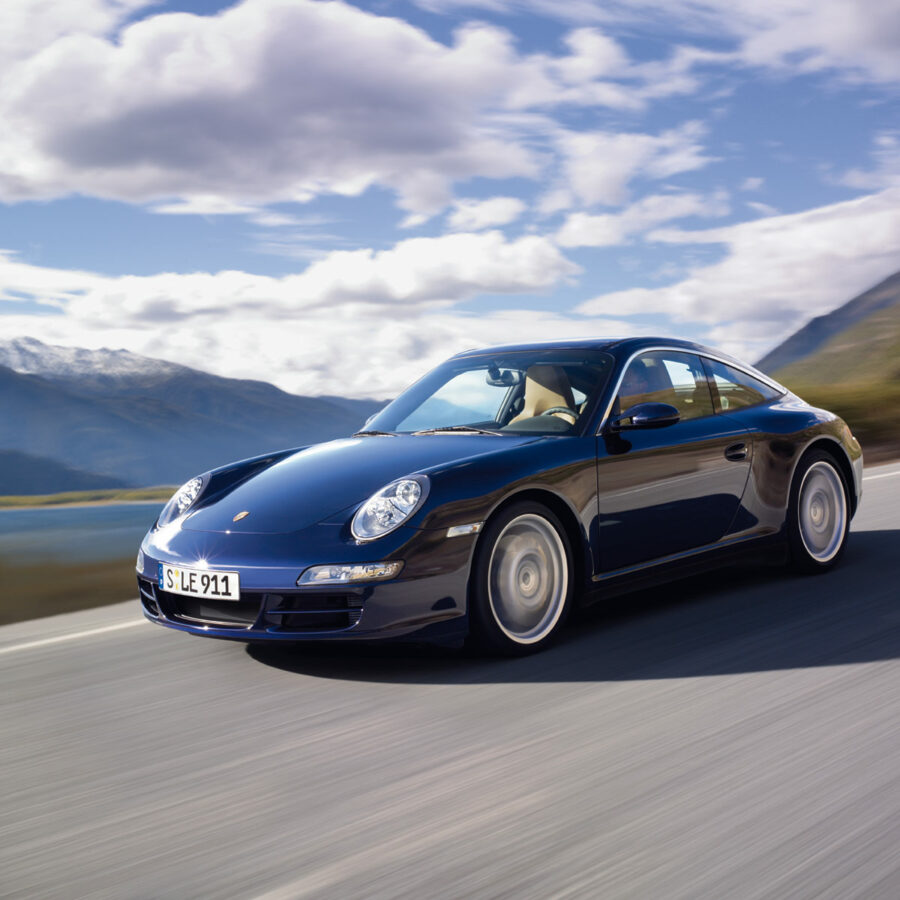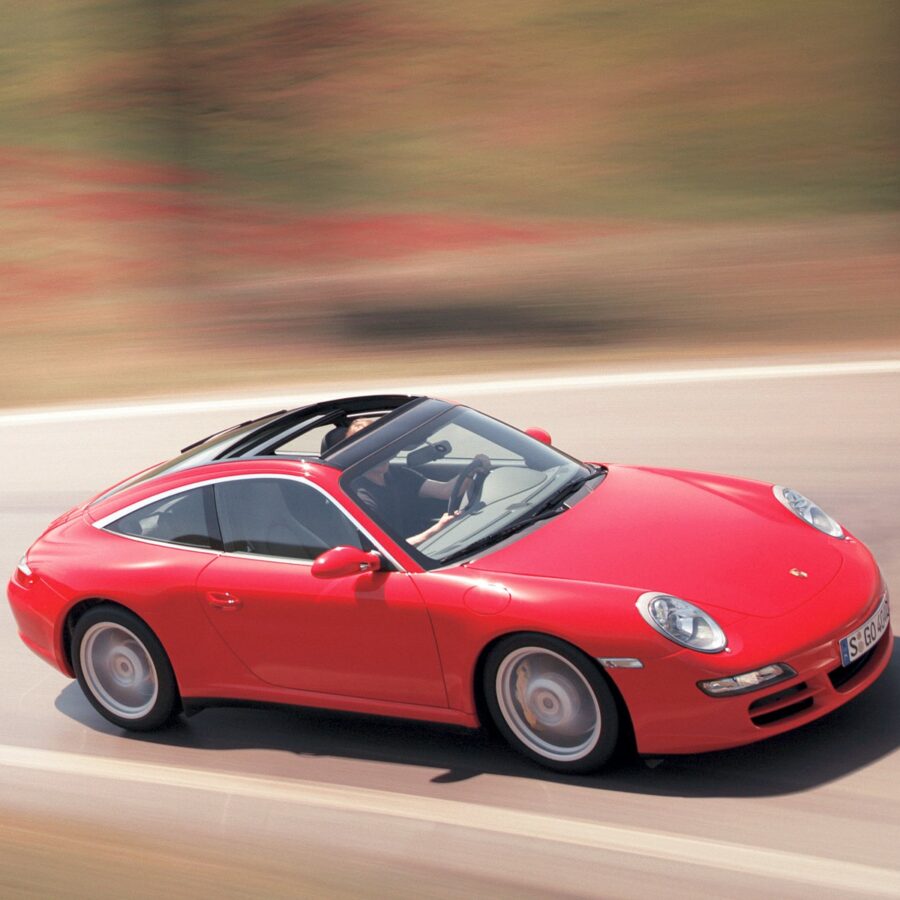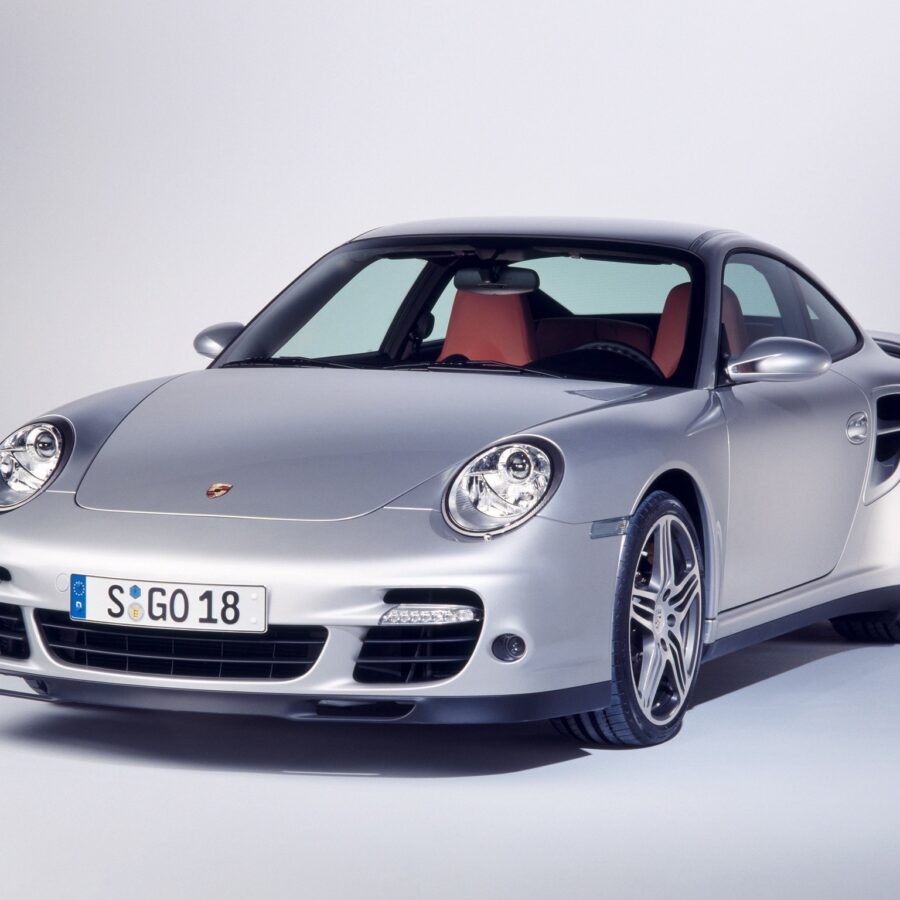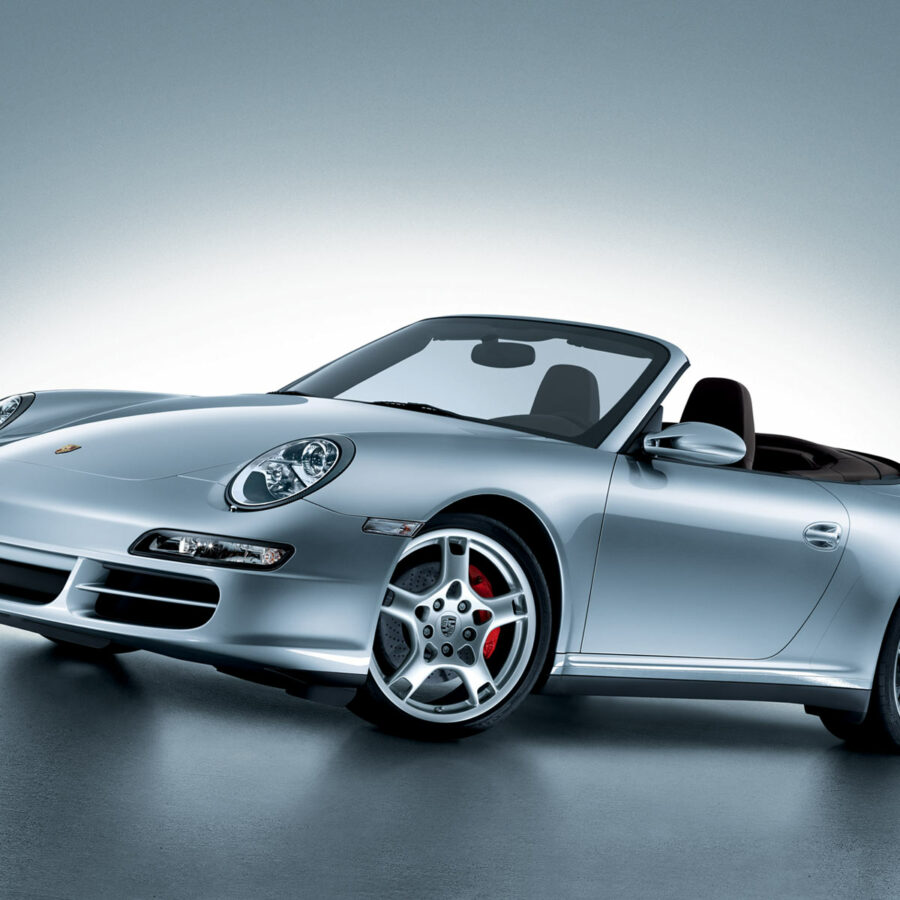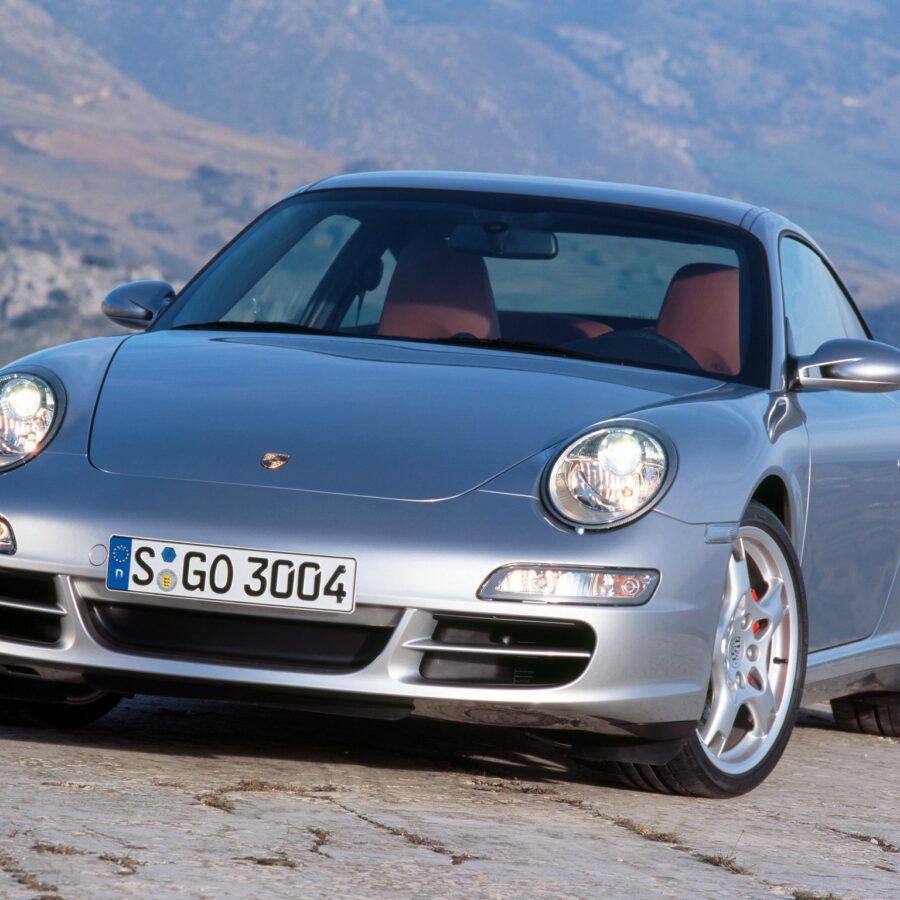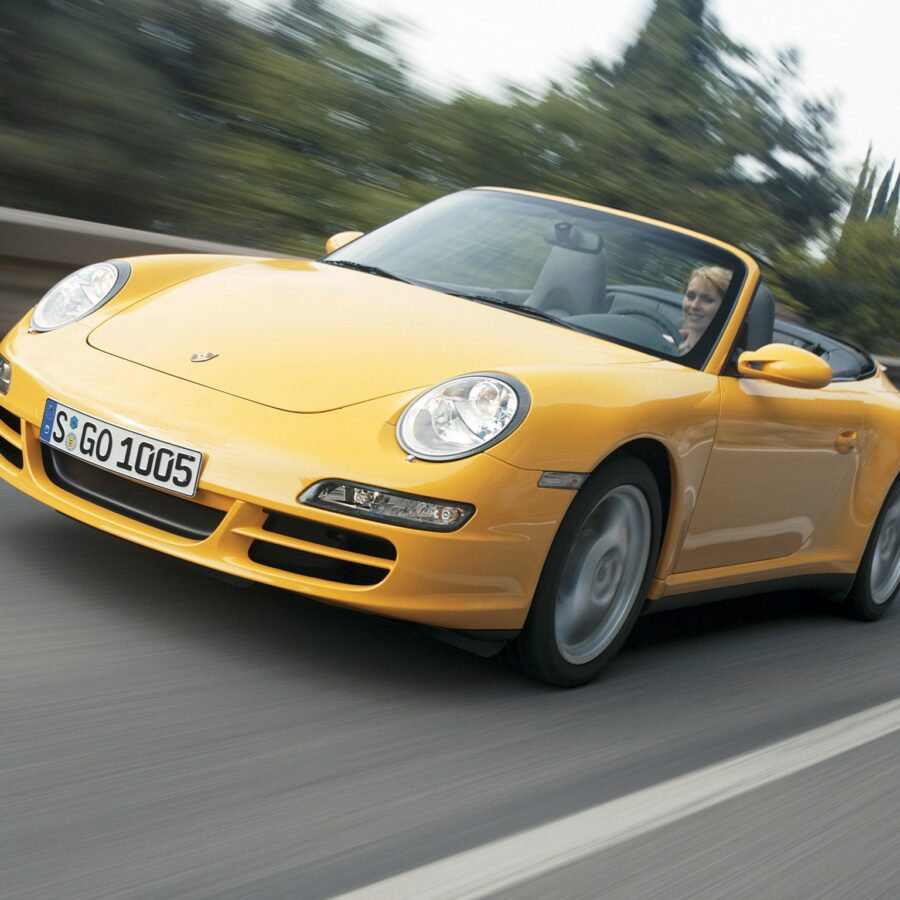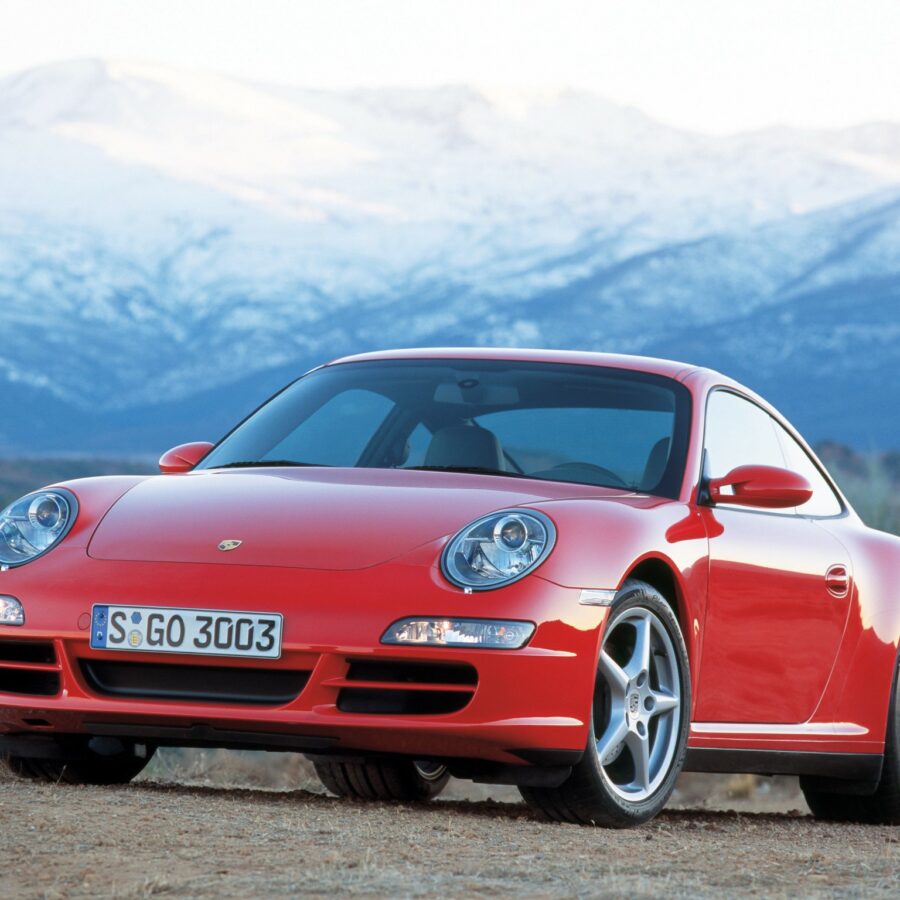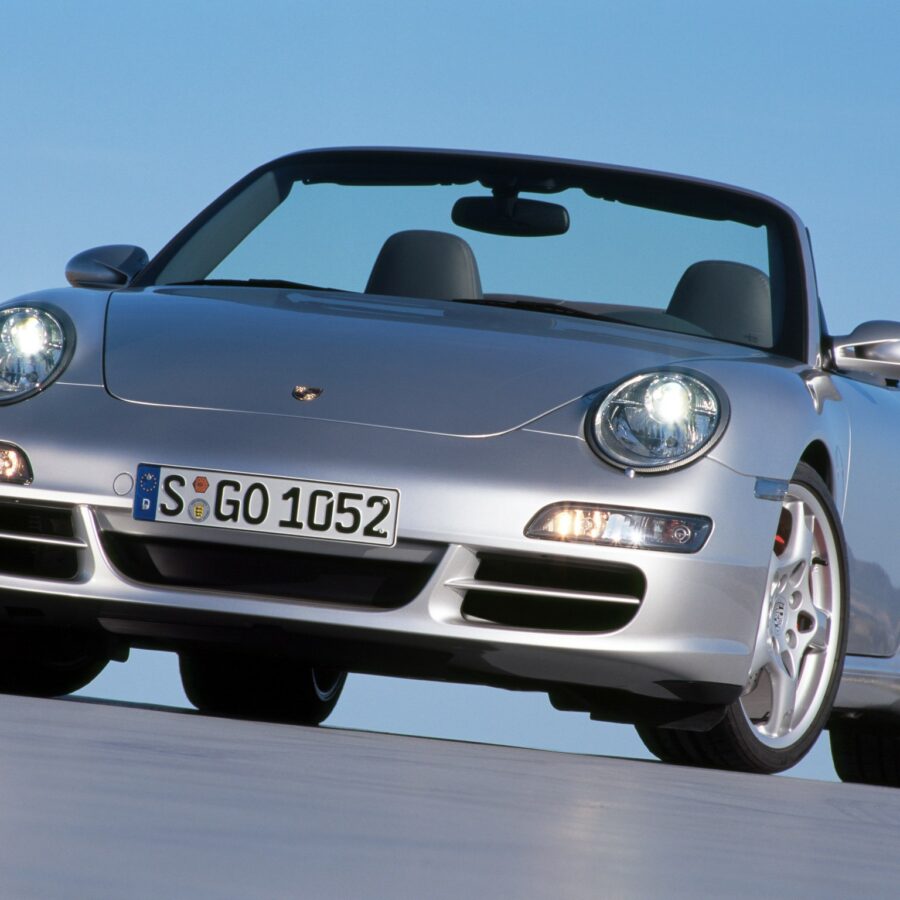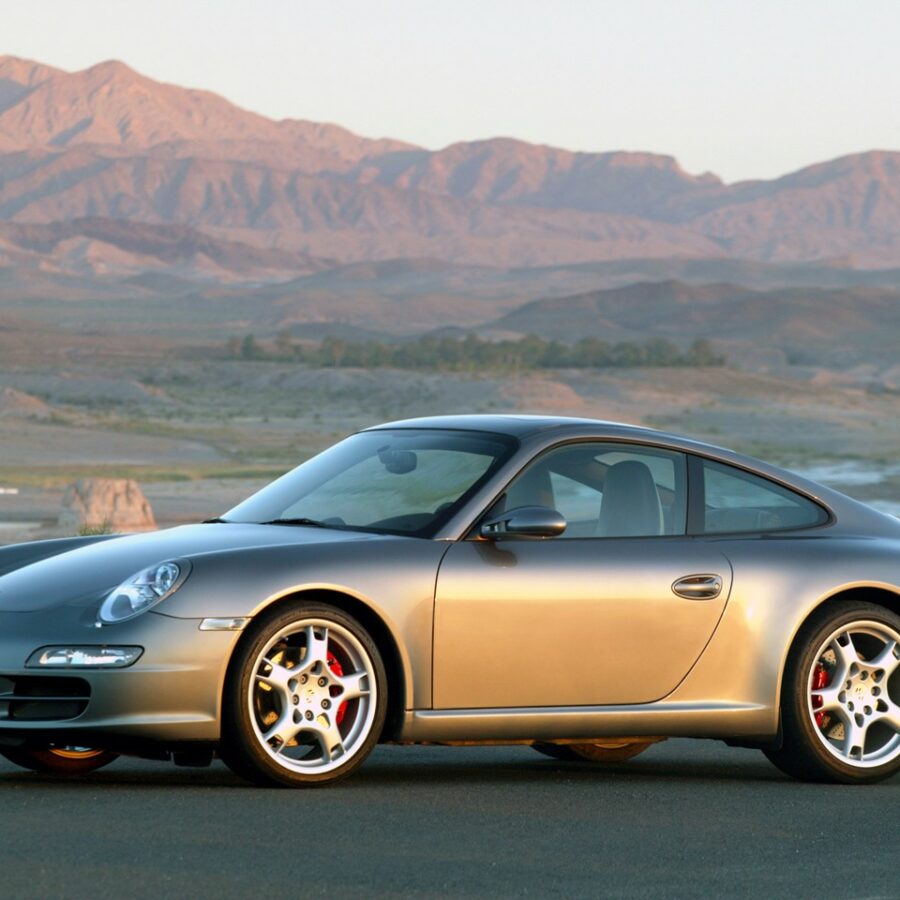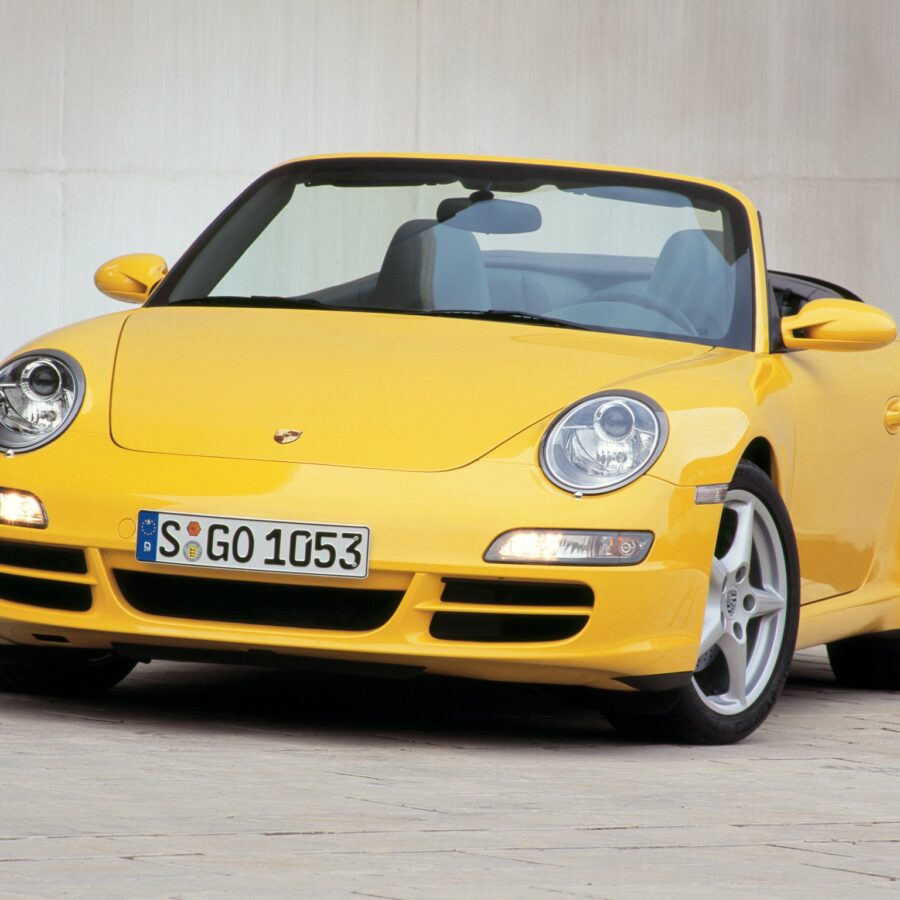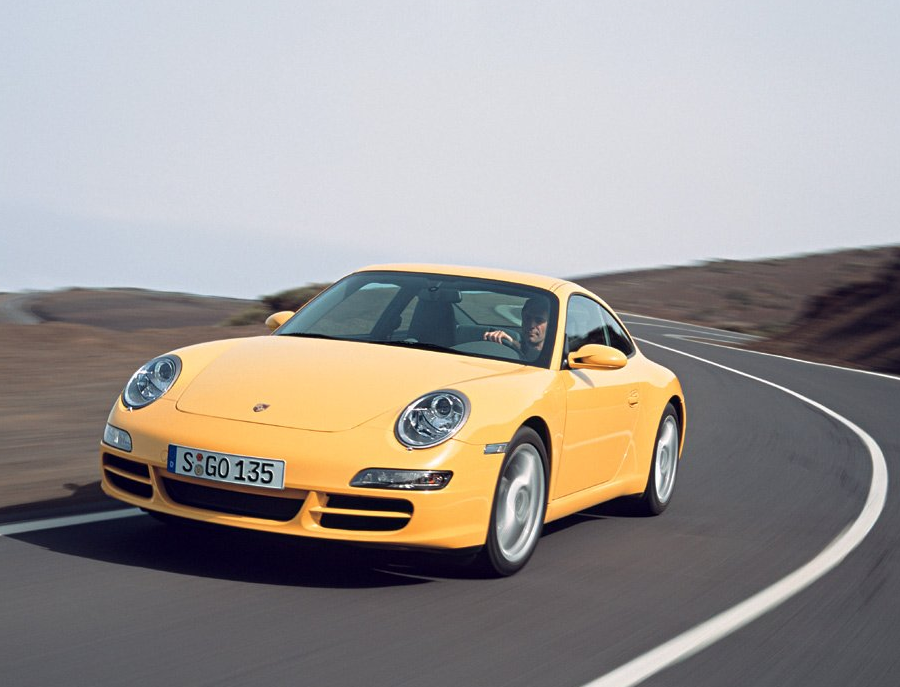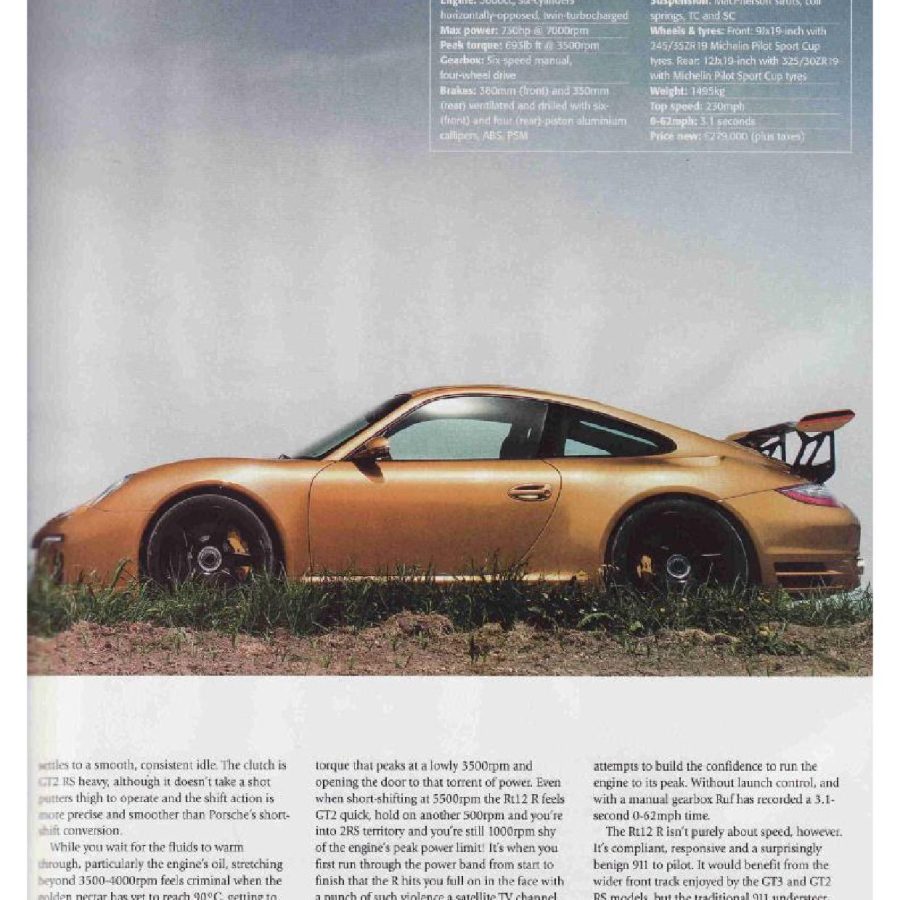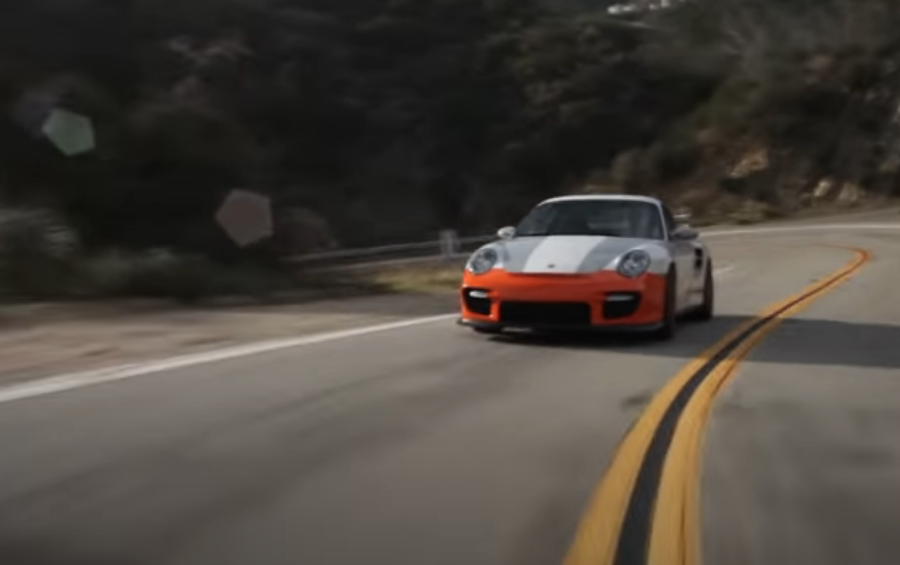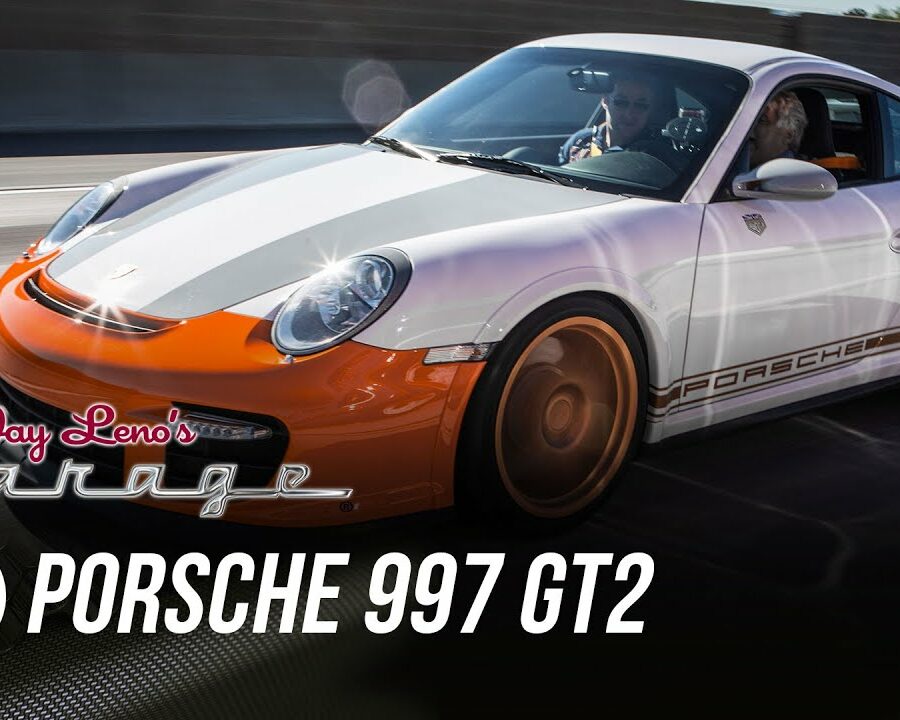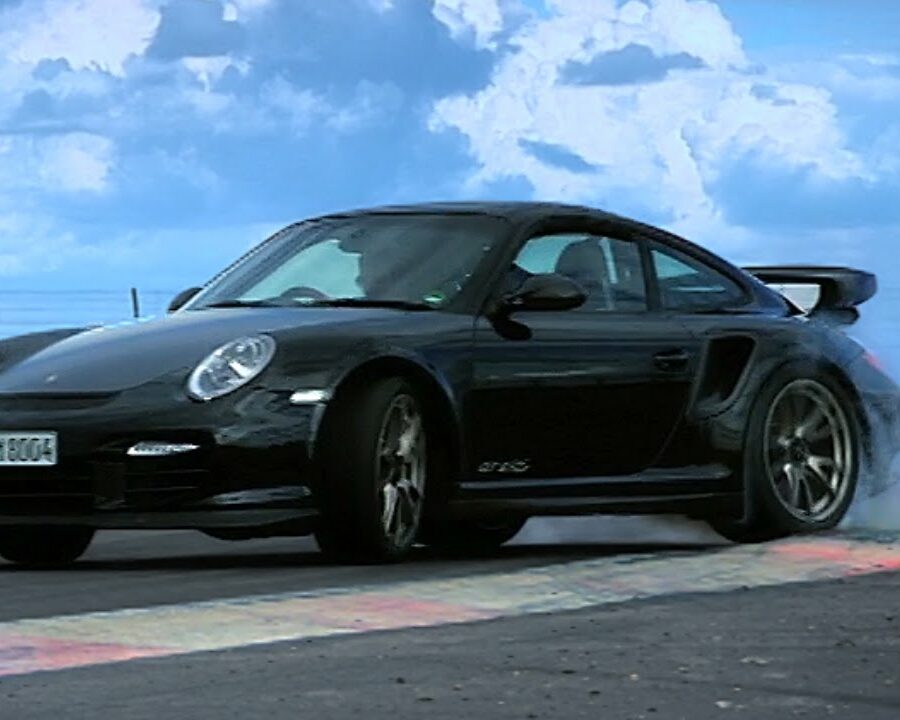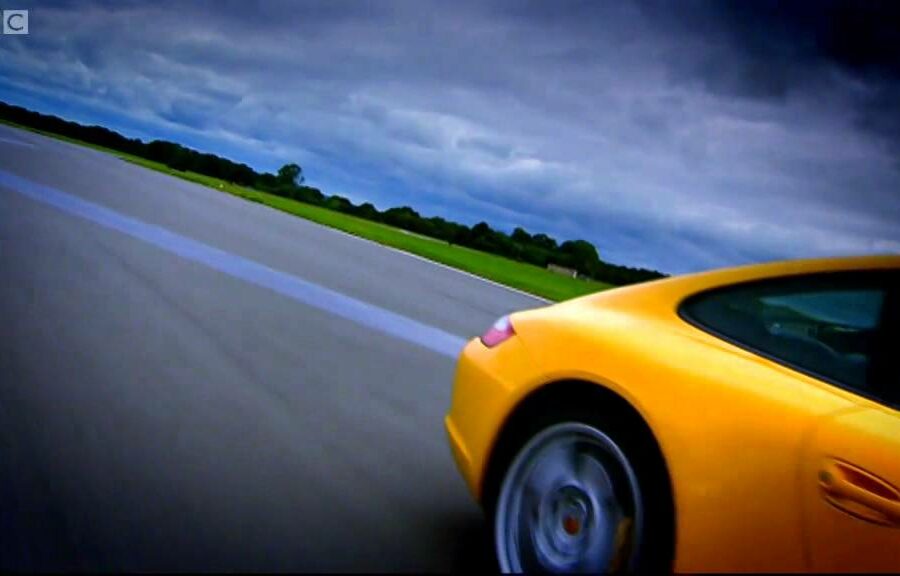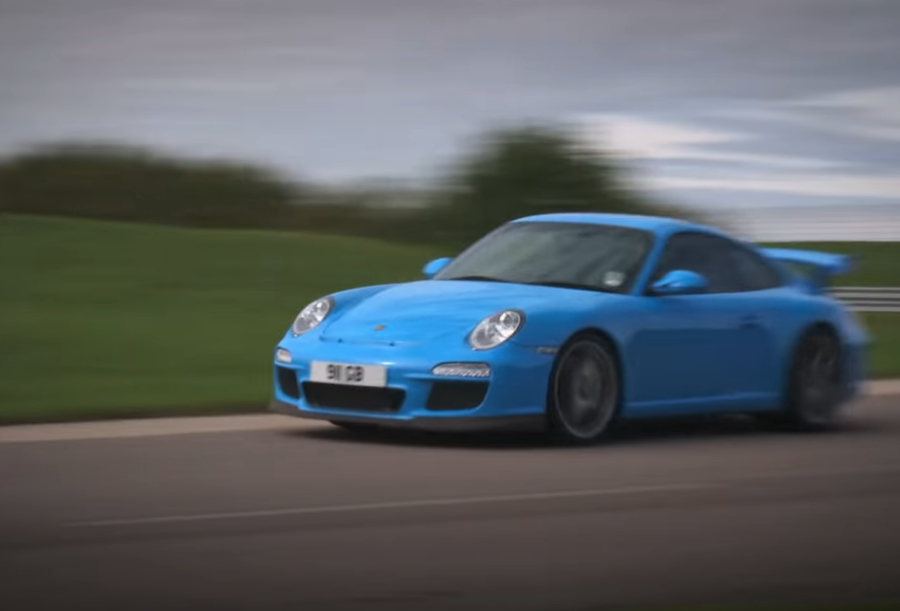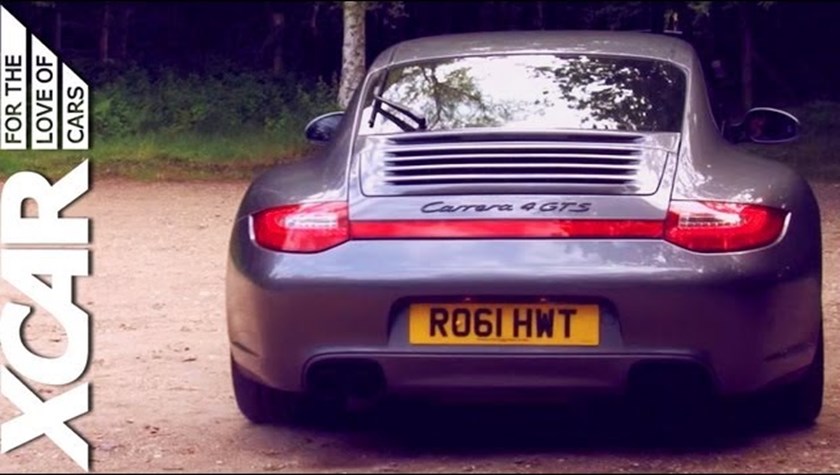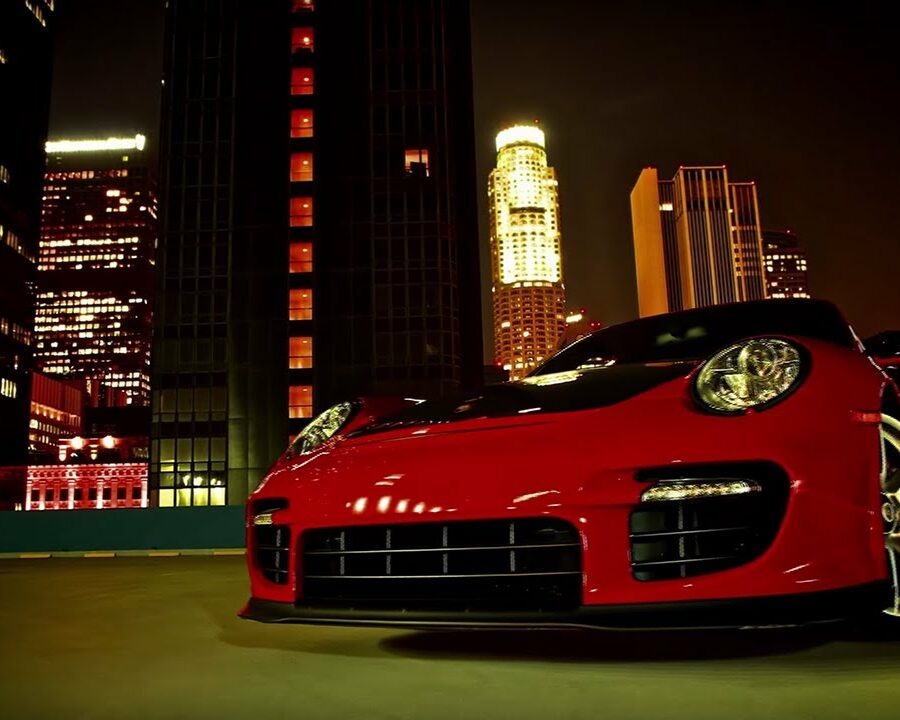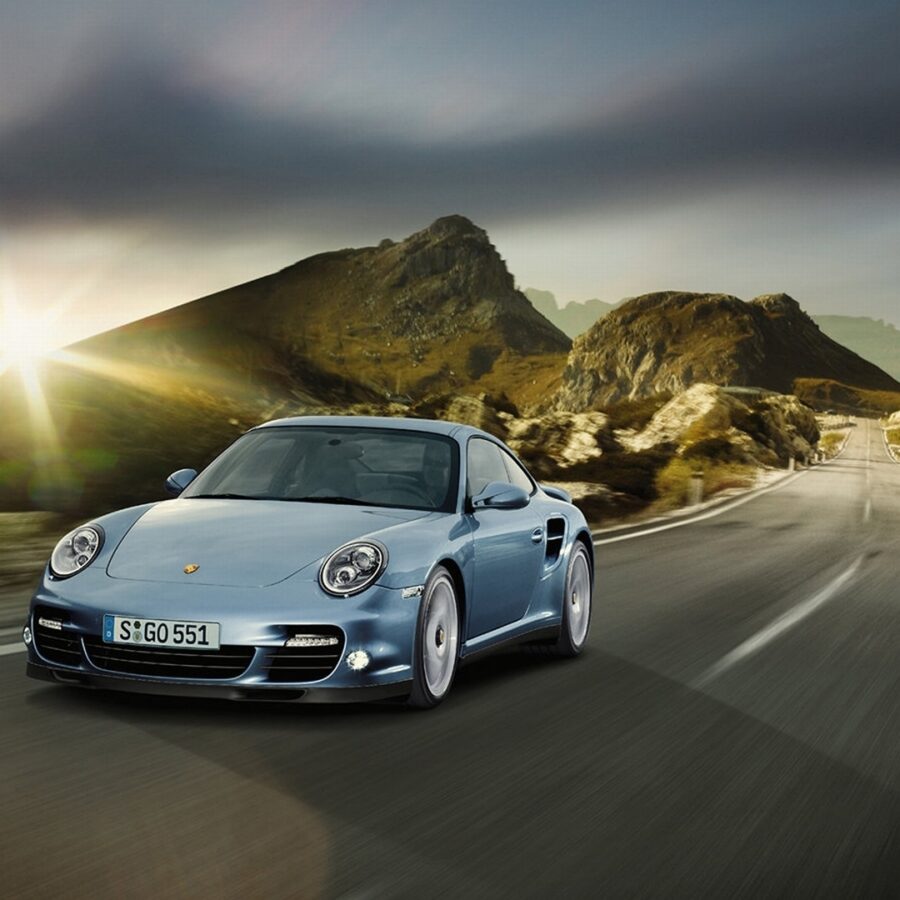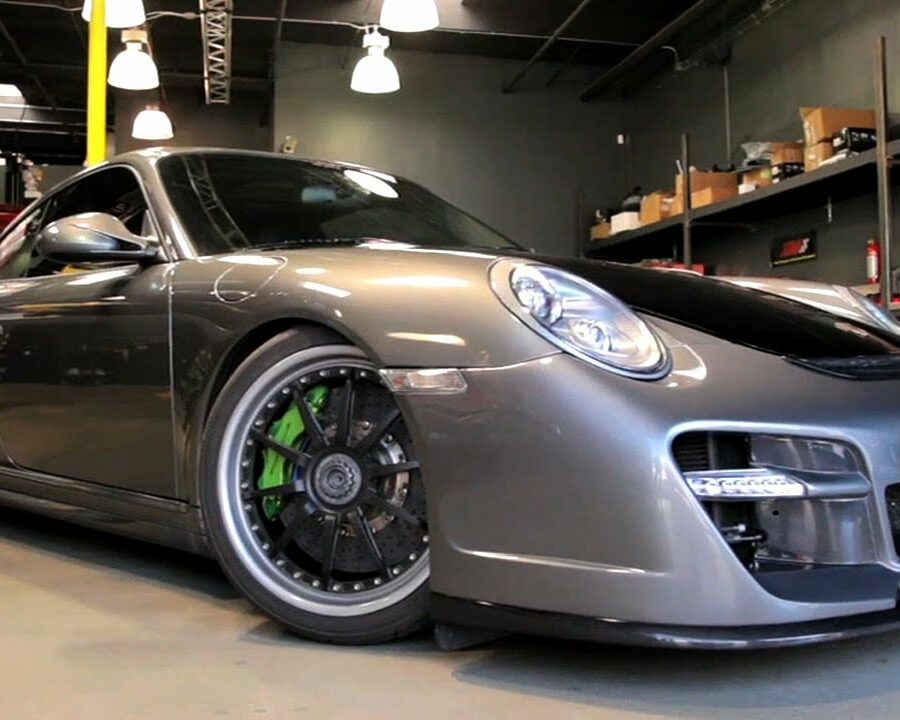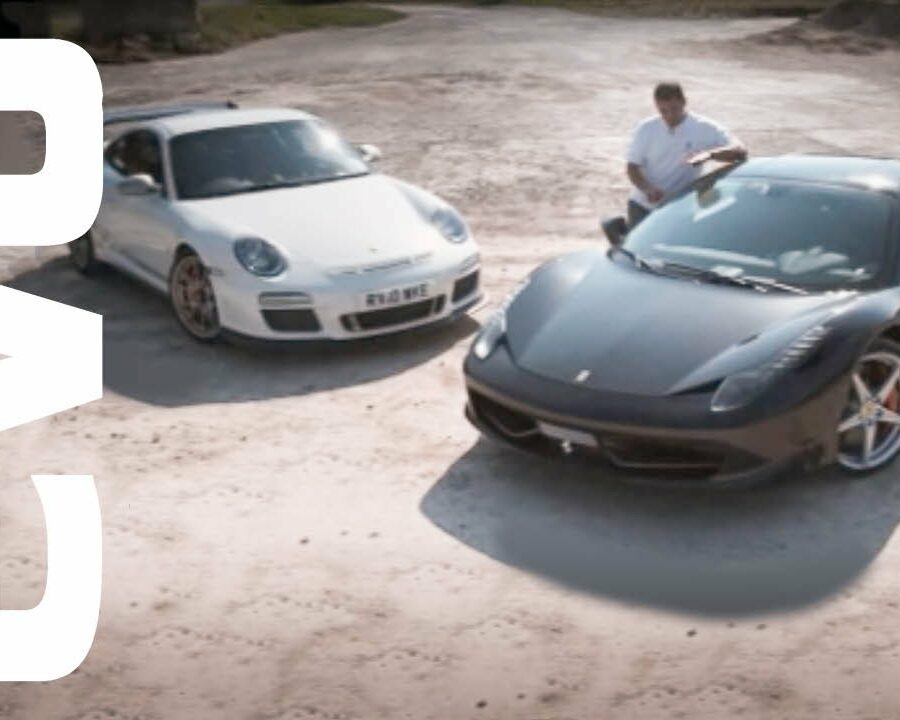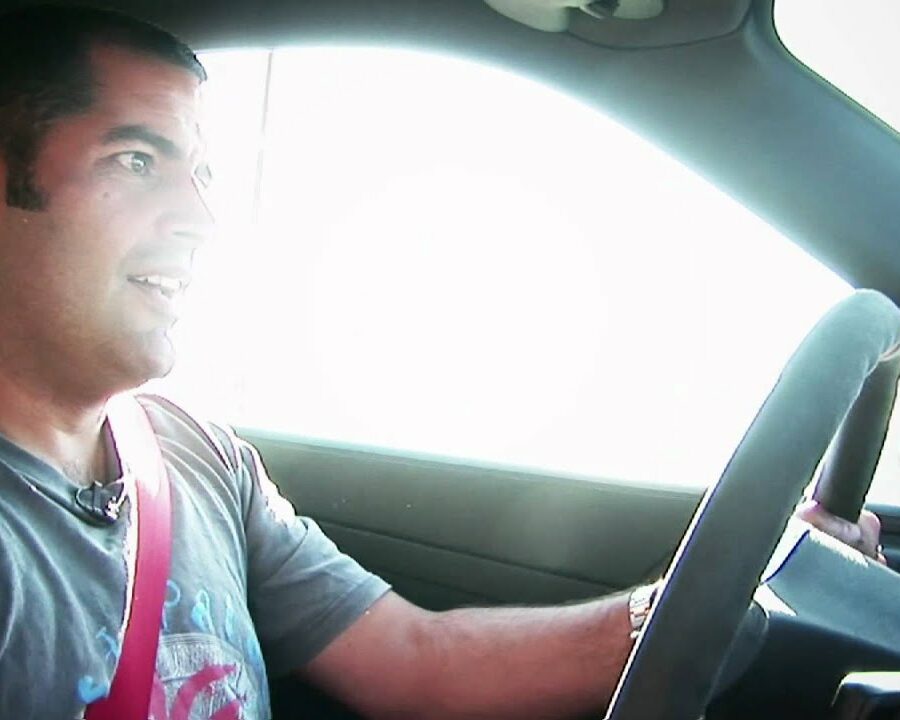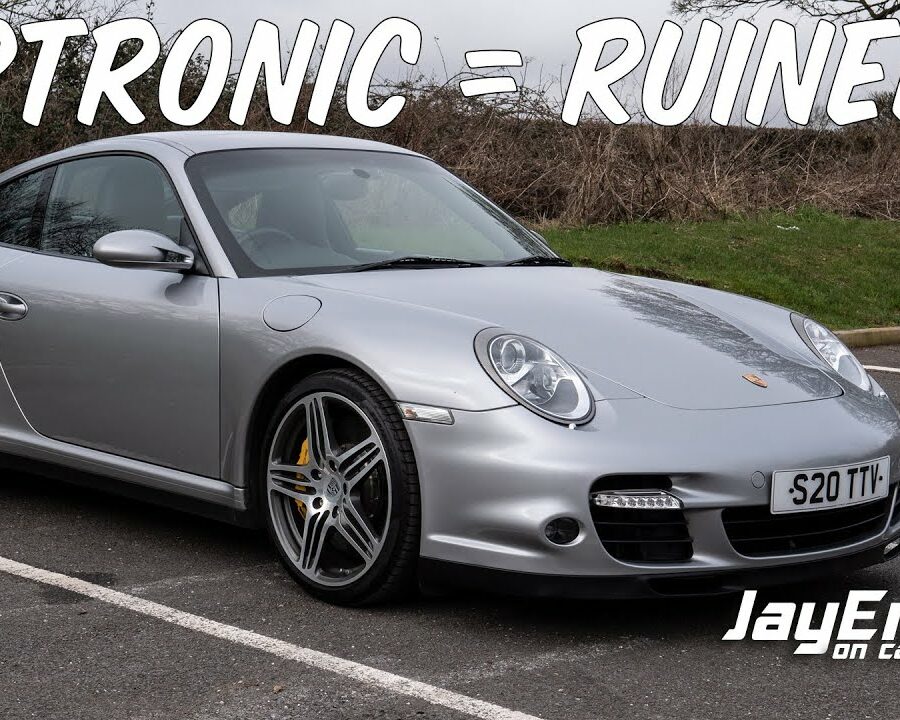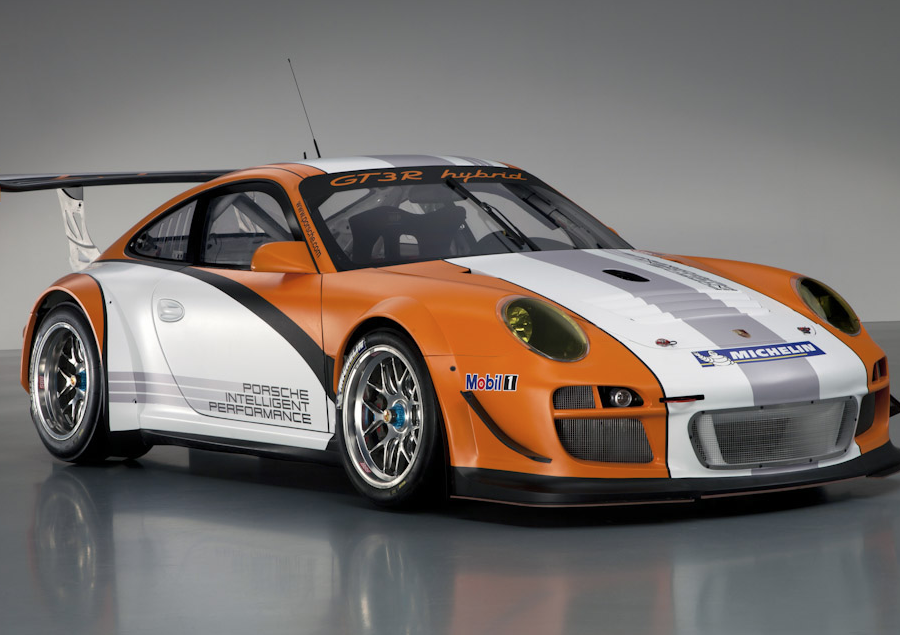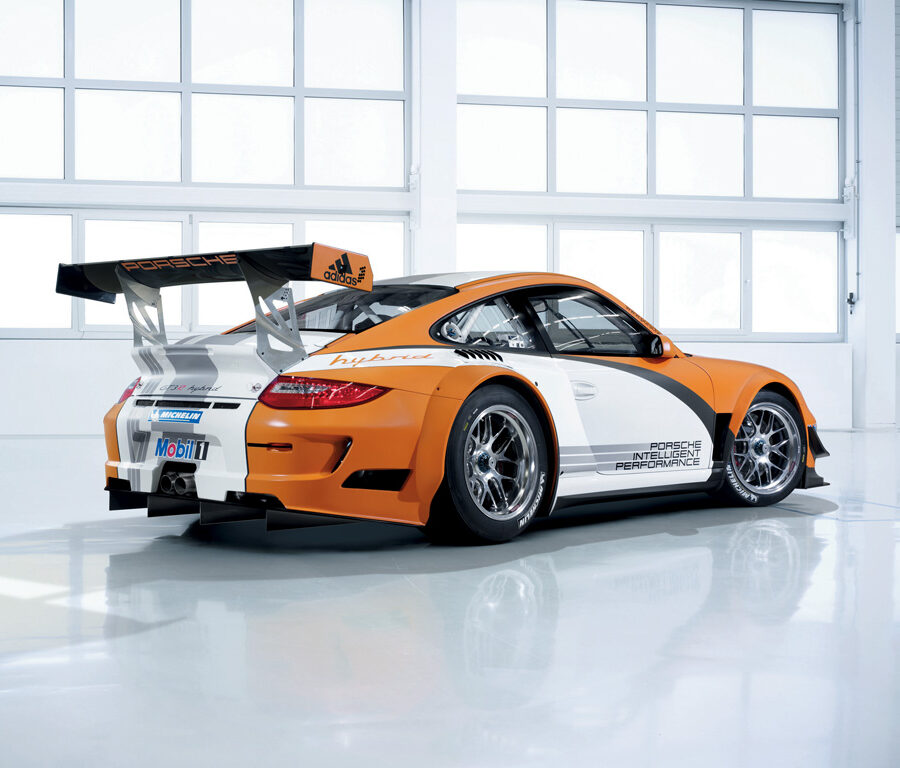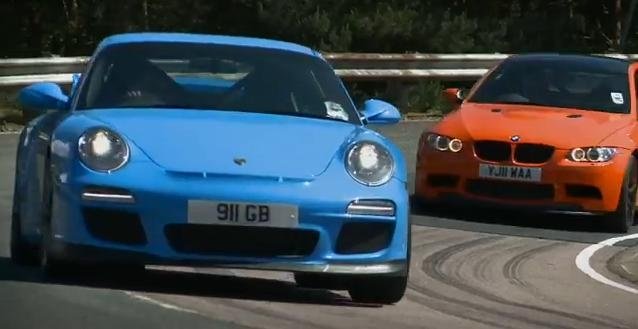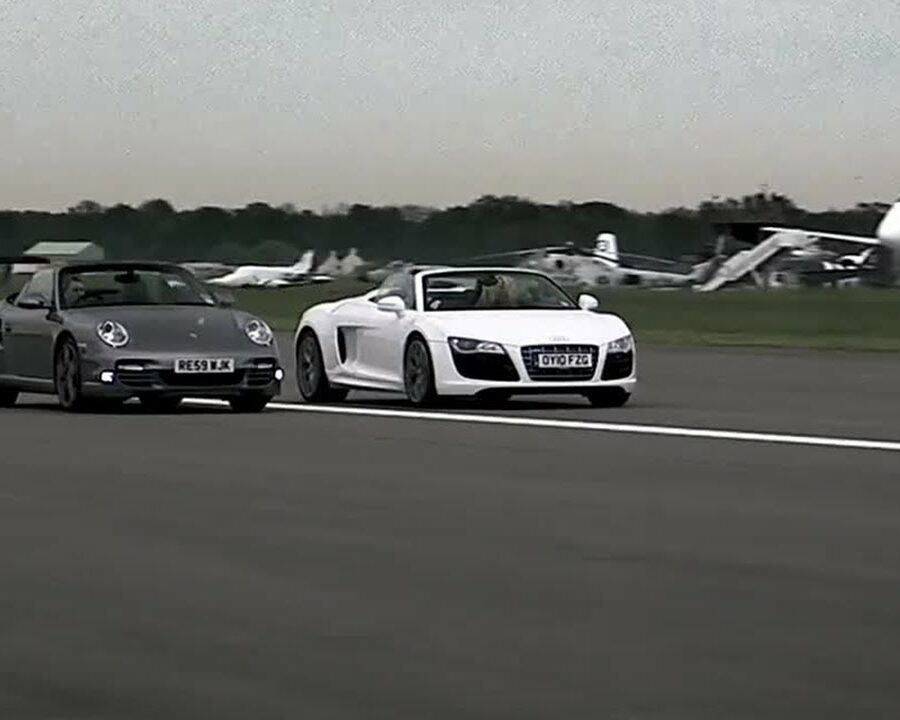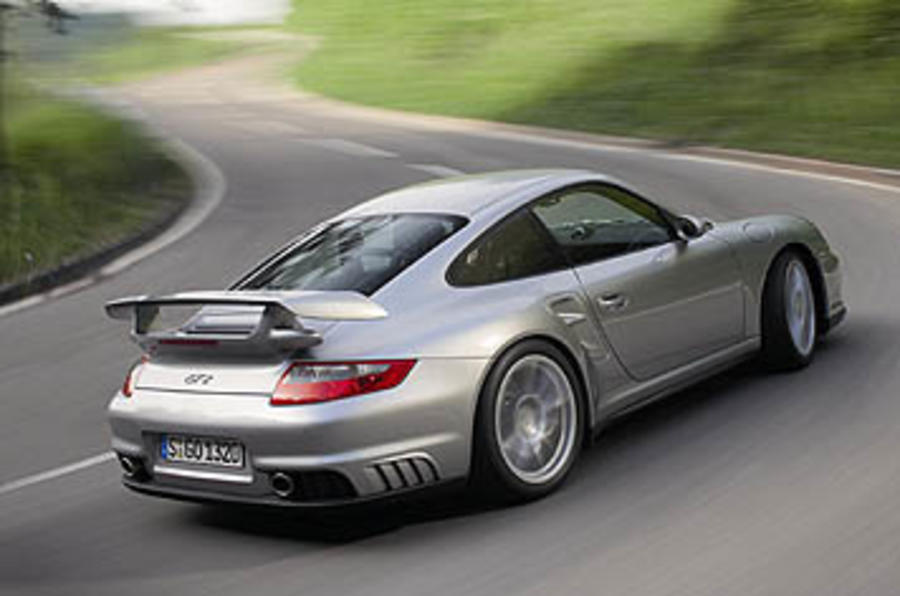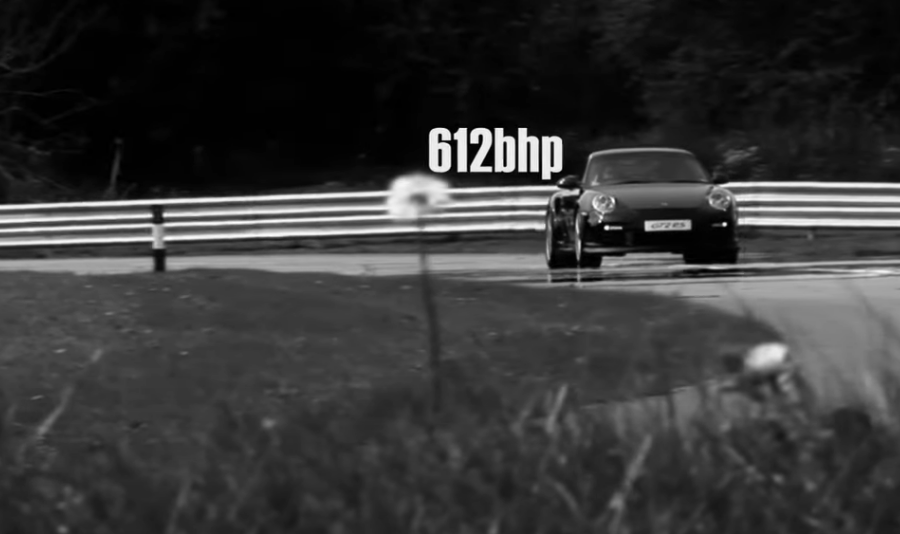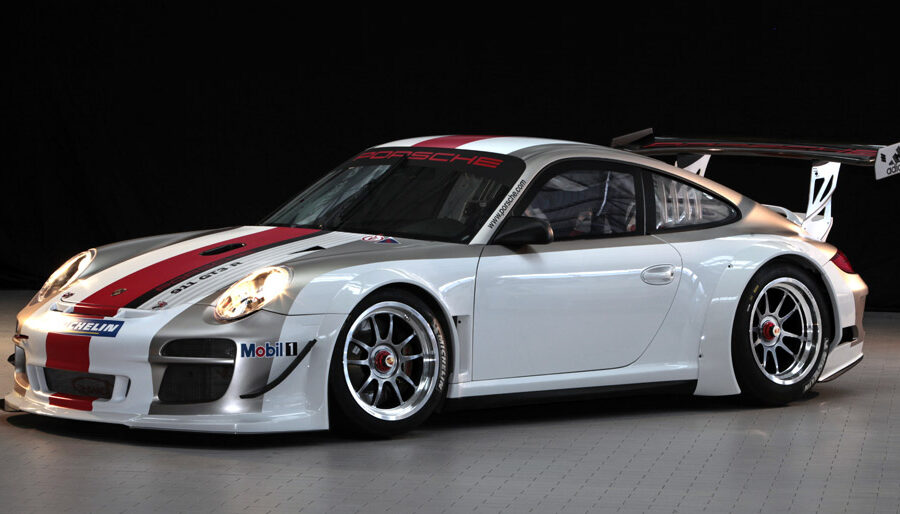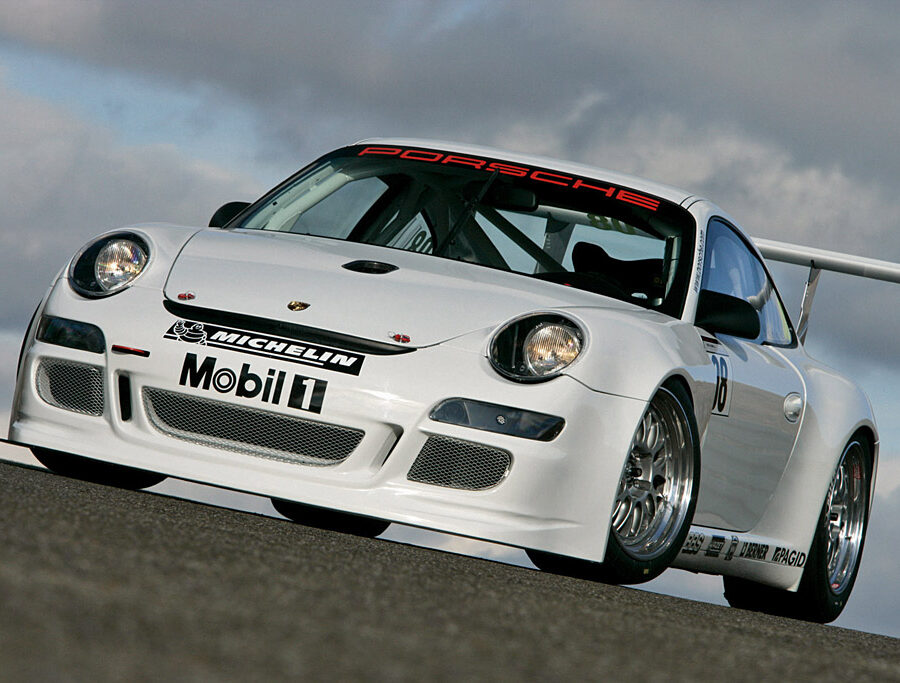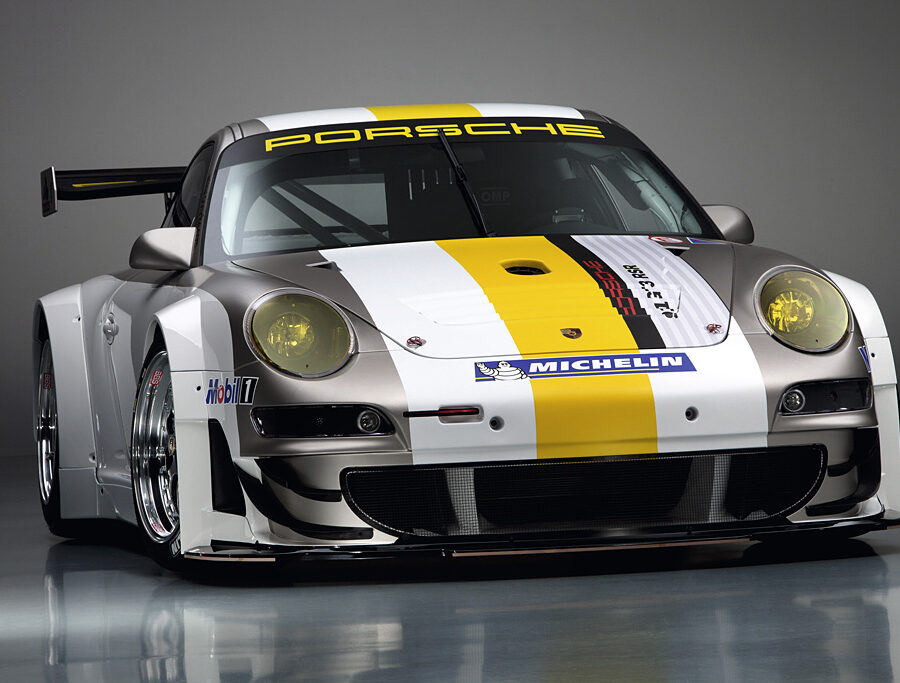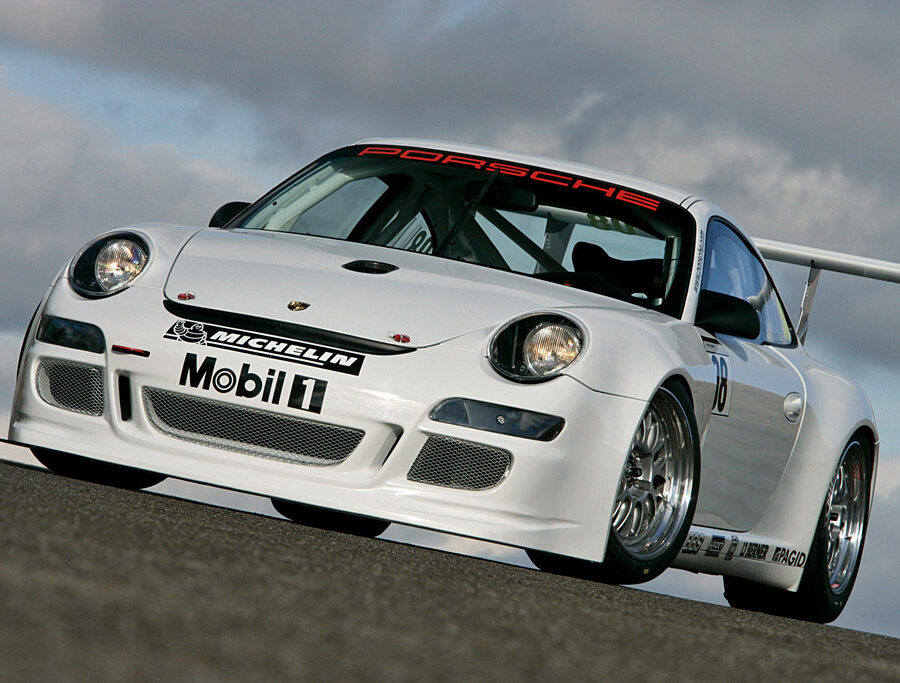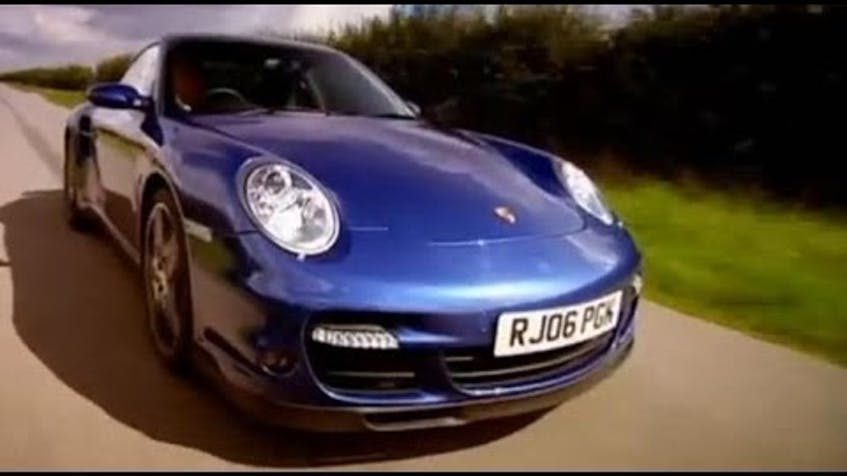Porsche 911 Turbo S Coupe (997) (2011 – 2013)
An exclusive high-performance athlete
Porsche 911 Speedster (997) (2011)
Very low-slung, very sporty, and very rare
Porsche 911 GT3 RS 4.0 (997) (2011)
Probably the best Porsche 911 ever made. Yes, it is that good.
Porsche 911 GT2 RS (997) (2011)
The power: 620 hp. The weight: 3,021 lb. The Nürburgring Time: 7 min, 18 sec. The verdict: Beast
Porsche 911 GT3 RS (997.2) (2010 – 2012)
This most-special 911 will continues the RS tradition. Lighter, faster, and more extreme.
Porsche 911 GT3 (997.2) (2010 – 2012)
The new GT3 even more powerful, faster, and refined than its predecessor
Porsche 911 Sport Classic (997) (2010)
Double-dome roof. Retro-styled Fuchs wheels. Ducktail spoiler. YES PLEASE.
Porsche 911 GT2 (997) (2008 – 2009)
It was the most powerful and fastest roadgoing 911 Porsche ever created
Porsche 911 GT3 RS (997) (2007 – 2008)
An even lighter and more race-focused version of the 911 than the "standard" 911 GT3
Porsche 911 Carrera S Club Coupe (997) (2006)
Limited-edition run of 50 built to celebrate the 50th anniversary of the Porsche Club of America
Porsche 911 Targa 4S (997.2) (2009 – 2012)
All the fun of a convertible without sacrificing the dynamic abilities of a hardtop.
Porsche 911 Targa 4 (997.2) (2009 – 2012)
Glass-roofed variant gets an update along with the rest of the Porsche 997 range
Porsche 911 Carrera 4S Cabriolet (997.2) (2009 – 2012)
Larger, more potent six-cylinder engine. New, all-wheel-drive system from the 911 Turbo.
Porsche 911 Carrera 4S Coupe (997.2) (2009 – 2012)
The all-wheel-drive, high-performance variant Carrera 4S Is the perfect all-season 911
Porsche 911 Carrera 4 Cabriolet (997.2) (2009 – 2012)
New engine. New all-wheel drive system. Refreshed design.
Porsche 911 Carrera 4 Coupe (997.2) (2009 – 2012)
Refreshed Carrera 4 lose the old multi-plate, viscous all-wheel-drive system in favor of the electronically controlled system
Porsche 911 Carrera S Cabriolet (997.2) (2009 – 2012)
Like the rest of the range the Carrera S Cabriolet got a new 997.2 generation update.
Porsche 911 Carrera S Coupe (997.2) (2009 – 2012)
Faster, edgier, sexier, better-equipped and more expensive, but it’s also cleaner, greener, more efficient
Porsche 911 Carrera Cabriolet (997.2) (2009 – 2012)
The 911 Carrera Cabriolet is a true Porsche, from top to bottom.
Porsche 911 Carrera Coupe (997.2) (2009 – 2012)
Now with direct-injection technology and a seven-speed, dual-clutch transmission
Porsche 911 Targa 4S (997) (2007 – 2008)
Softer spring rates than the coupe. More leather in the cabin and better equipment. All-wheel drive security.
Porsche 911 Targa 4 (997) (2007 – 2008)
A Practical 911 With Strong Performance to Match
Porsche 911 Turbo Coupe (997) (2007 – 2009)
473 bhp! 460 ft lbs! 3.6 second 0-60! The Ultimate Super-GT
Porsche 911 Carrera 4S Cabriolet (997) (2006 – 2008)
The Four Seasons 911
Porsche 911 Carrera 4S Coupe (997) (2006 – 2008)
3.8-liter engine producing 350 bhp makes this the all-weather 911 king
Porsche 911 Carrera 4 Cabriolet (997) (2006 – 2008)
All-wheel drive, all-weather fun.
Porsche 911 Carrera 4 Coupe (997) (2006 – 2008)
All-weather stability and safety with a new killer stance
Porsche 911 Carrera S Cabriolet (997) (2005 – 2008)
Makes a strong case against its coupe sibling
Porsche 911 Carrera S Coupe (997) (2005 – 2008)
Fun, Fast & Worth the Extra Money Over the Base Model
Porsche 911 Carrera Cabriolet (997) (2005 – 2008)
The drop-top gives up little performance or structural integrity compared with the coupe version
Porsche 911 Carrera (997) (2005 – 2008)
Better looks. More power. More tech.
Porsche 911 GT3 R Hybrid (2010)
This hybrid is unlike anything you've previously heard called a hybrid.


